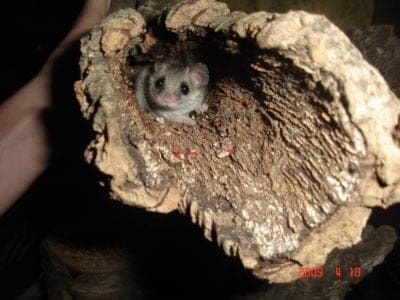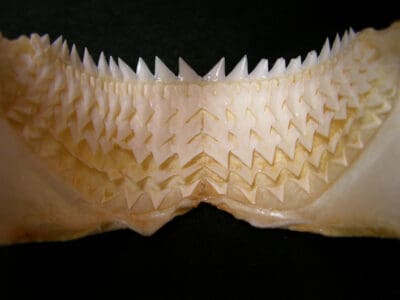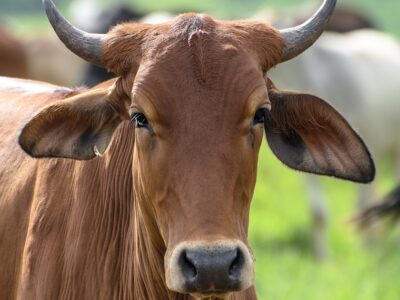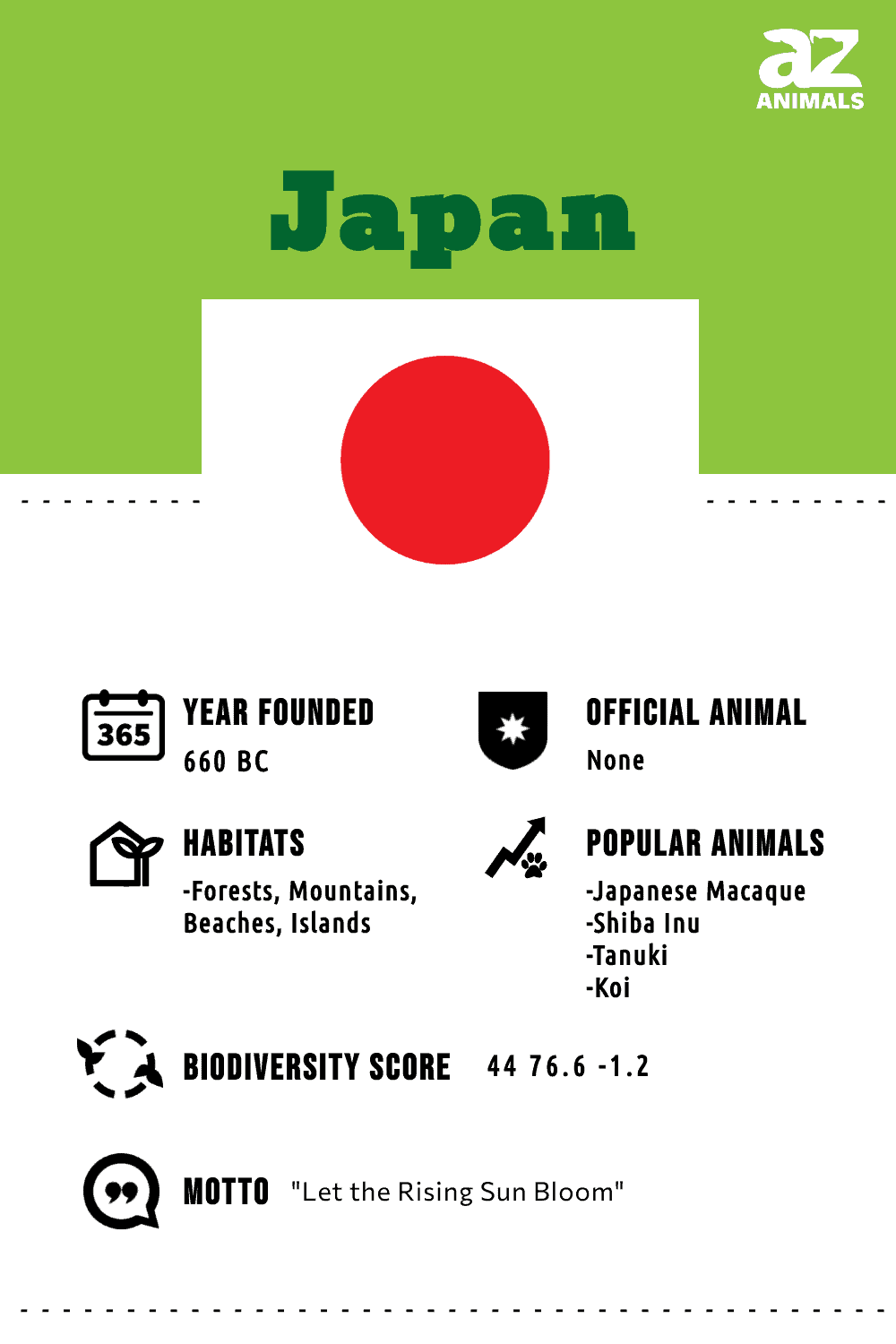
Below you can find a complete list of Japanese animals. We currently track 291 animals in Japan and are adding more every day!
Japan, or Nippon as it’s known to its native residents, may call to mind images of futuristic technology and vast cityscapes on first thought, but this region has just as much to offer in the realms of biodiversity and natural beauty.
For more than a millennium, Japan has held the title of “the land of the rising sun.” This Asian nation consists of over 7,000 large and small islands along the Pacific Rim, each with its own unique environment and wildlife.
Japan is home to fascinating creatures, some of which inspired the rich mythology and folklore of the land, as well as pop culture icons we know and love today. Keep reading to learn more about Japan’s rare and unique animals.
Japanese Wildlife
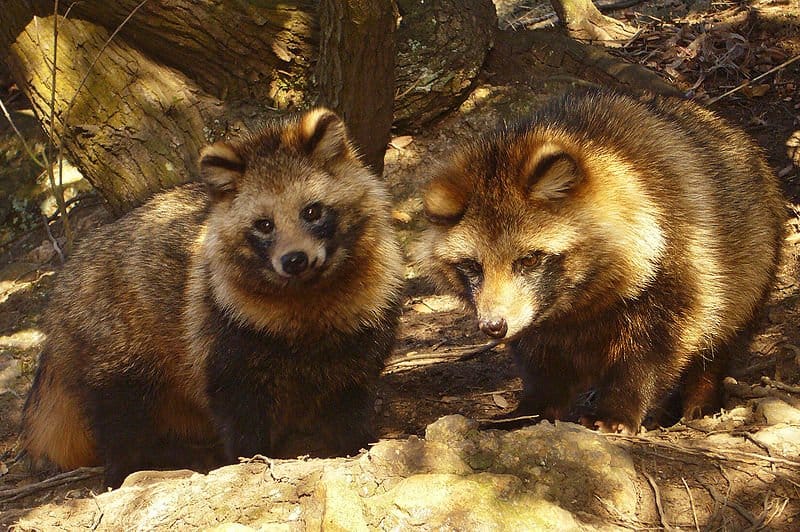
Tanuki, or raccoon dogs, have inspired many classic video game characters in Japan.
©663highland / CC BY-SA 3.0 – License
Japan’s islands cover a wide variety of habitats and climate zones. In fact, Japan’s southernmost islands, including Okinawa, have a hot, humid, subtropical climate, while the northernmost island of Hokkaido has long, cold winters and cool summers.
This means that the country’s unique types of animals also vary greatly. There are large mammals such as bears, unique seagoing mammals like the dugong, and a few rare and amazing animals you may have never heard of – raccoon dogs, giant salamanders, cute snow monkeys, and island wildcats.
Since Japan is an island nation, the ocean and its creatures have been integral to Japanese lifestyle and culture since the very beginning. Many of the country’s most popular dishes are traditional seafood recipes like sushi, sashimi, and takoyaki.
The Official National Animal of Japan
Uncommonly, Japan does not have a set national animal. However, the national bird is the Japanese pheasant or green pheasant (Phasianus versicolor). It was given this honor in 1947 officially, but the bird has been a common fixture of Japanese culture for centuries as the companion to the folk hero Momotarō or “Peach Boy.” Green Pheasants also used to be featured on the backs of 10,000 yen bills.
The national fish of the country is the koi fish, a multicoloured variety of the Amur carp. These creatures make popular pets, with koi ponds being utilized to bring a tranquil calm to Japanese households and businesses alike.
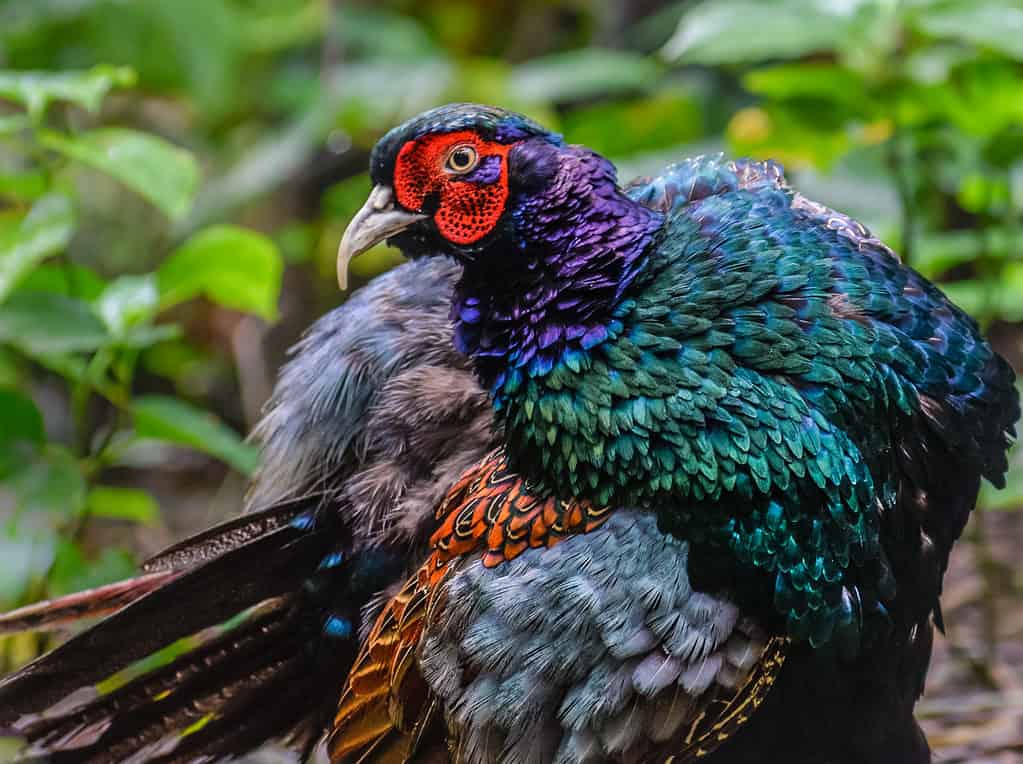
The green pheasant, despite its unicolored name, sports a vivid rainbow of feathers that are absolutely dazzling to witness.
©Robert Ang/Shutterstock.com
Where To Find The Top Wild Animals
Japanese Macaque, or Snow monkeys, are one of the most popular native animals of Japan to see during your visit. Their main habitat is at Jigokudani Yaen Kōen snow monkey park in Nagano Prefecture. The best time to see them is during the winter, December through March when snow is on the ground.
Would you like to see bears in Japan? Check out the Kuma Bokujo bear park in Noboribetsu, Hokkaido. They reside there year-round.
Scuba diving and snorkeling are popular activities in the warm southern waters. You may see tropical fish or even some of Japan’s aquatic mammals.
In historical Japan, animals held special importance to the practitioners of the country’s mostly forgotten ancient religion of Shinto. Though very few still hold on to these beliefs today, many temples from the heyday of Shinto built to honor local wildlife and the divinity believed to dwell within them still stand and make popular destinations for locals and tourists alike. Snow monkeys are well known for relaxing in the cozy waters of Japanese hot springs. ©iStock.com/structuresxx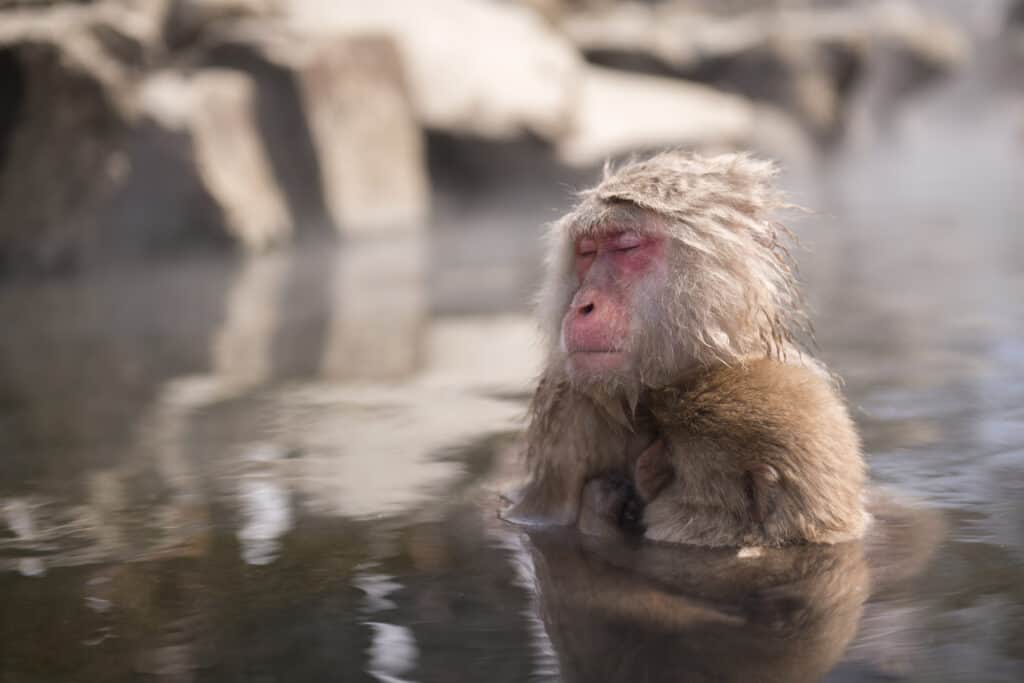
Native Birds
Out of the 723 bird species living in Japan, around 17 are endemic and 30 are introduced. The country has multiple spots that are highly prized for avian species found in the unique habitats. Migratory birds also make their way across the country’s diverse landscapes.
One of the most valued birds in Japan, the red-crowned crane, appears in various forms of art and advertising throughout the country. However, the populations of this crane dwindled to the point of almost extinction as a result of overhunting. Over the past couple of decades, after heavy conservation efforts, numbers are climbing again and the majority of these majestic birds remain in Hokkaido, along with around 300 other species of bird.
Once extinct in Japan, the Oriental stork was reintroduced to Toyooka and populations now reach only about 170 birds. Along with these mentioned endangered birds, countless other avian species endemic to Japan are also facing threats of extinction. There are three main Endemic Bird Areas designated to conserve these species.
- Izu Islands – Izu thrush, Iijima warblers, Japanese pygmy woodpeckers, Izu robins, Eurasian wrens, white thrush, Pacific swifts, white-throated needletails, Japanese white-eyes
- Ogasawara Islands – Bonin honeyeaters, brown boobies, wedge-tailed shearwaters, rare Bryan’s shearwaters, red-footed boobies, Arctic Skuas, Lysan albatrosses, Bonin petrels
- Nansei Islands – Cinnamon bittern, Amami woodcock, rare Pryer’s woodpecker
Additionally, many extraordinary avifaunae can be seen flying over the mainland of Japan and in urban areas. Some common birds to see include:
- Warbling white-eye
- Mandarin duck
- Falcated duck
- Black kite
- Fairy pitta
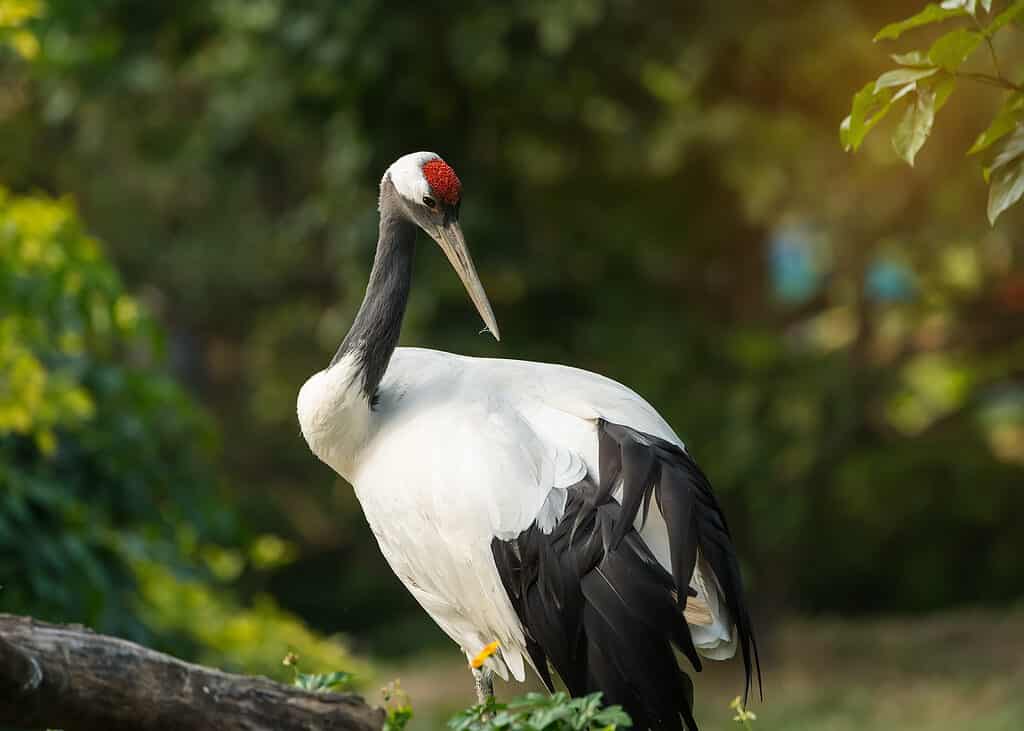
The red-crowned crane has been a popular fixture of Japanese art for centuries.
©asharkyu/Shutterstock.com
Native Fish
For centuries, Japan has maintained a booming fishing industry. Seafood is a large part of the Japanese diet – seen in the nation’s favorite dish of sushi and in many other seafood recipes. As important as it is in cuisine, fishing in Japan is also a serious hobby and sport, with multitudes of sites to reel in incredible fish. Some restaurants in Japan even provide “urban fishing,” an immersive experience of catching the fish to be cooked without having to go out on the water. Patrons can catch their fish right inside the restaurant! Along with the urban experience, the real deal is not hard to come by. Below are popular species to fish for and where to find them:
Saltwater
- Suzuki (sea bass) – Tokyo Bay during fall
- Tuna (yellowfin, skipjack, bluefin) – Tokyo Bay during fall, Hachijō-jima
- Mahi Mahi – Hachijō-jima
- Giant Trevally – Hachijō-jima
Freshwater
- Largemouth bass – Lake Kawaguchiko, Katsura, Sagami
- Rainbow trout – Lake Kawaguchiko, Katsura, Sagami
- Char – Katsura, Sagami
- Japanese trout – Katsura, Sagami
- King Salmon – Lake Kasumigaura
- Smelt – Hokkaido year-round
Along with classic-style angling known worldwide, Japan is known for some unique forms of fishing, such as the fly fishing technique of “tenkara.” Additionally, fishermen of Gifu Prefecture’s Nagara River actually utilize trained cormorant birds to retrieve fish for them. Whether visitors are looking for an afternoon on the water, ice fishing, or spectacular methods of fishing unknown to other parts of the world, Japan has it all.
Cephalopods such as squid and octopi make up a much larger portion of the Japanese diet than many parts of the rest of the world. Japanese cuisine has developed many techniques for preparing fish that would be inedible otherwise, like the deadly, poisonous fugu fish, which is a traditional delicacy and requires the skills of an extremely experienced chef to prepare. Japanese Koi are some of the most popular pets in the country.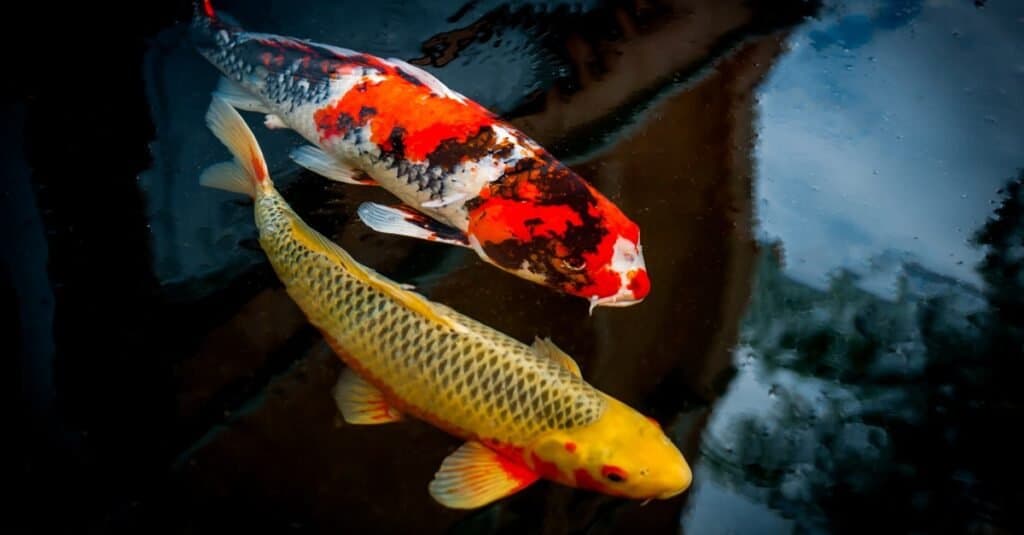
©tonirichsag1411/Shutterstock.com
Native Snakes
Built on irrigated rice paddies, Japanese civilization relies heavily on water and depends on strong water sources for farming and maintaining livelihoods. These water sources are thought to be protected by Suijin, water deities, that are represented mainly as snakes. Many types of snakes exist in Japanese waterways, forests, and other landscapes. The most commonly found snakes are rat snakes which are namely large and nonvenomous. About 6 of these species are native to Japan. Farmers have historically relied on these snakes to control vermin populations throughout farms and households, preventing the destruction of crops, though more industrialized, mechanical farming techniques have put a strain on this once symbiotic relationship between serpent and farmer. Out of the many species of snakes found in the country, only 3 are venomous: the Japanese keelpack, the “Habu,” and the “Mamushi.” Below are facts regarding each of these species:
- Keelpack – The keelpack is known for its two venoms: one used to subdue its victim, the second used to deter predators.
- Habu – The Habu, while a venomous pit viper, is not known for being fatal. Most injuries caused by bites result in swelling and irritated limbs.
- Mamushi – The Mamushi pit viper is the most dangerous snake in Japan. Venom from this snake causes tissue to actually liquefy. However, these snakes are shy and generally tend to avoid human contact.
When bitten by a snake, it is always important to seek medical attention, whether the snake is venomous or not, as unknown allergies or irritations may arise. The Mamushi pit viper is the most feared serpent in all of Japan.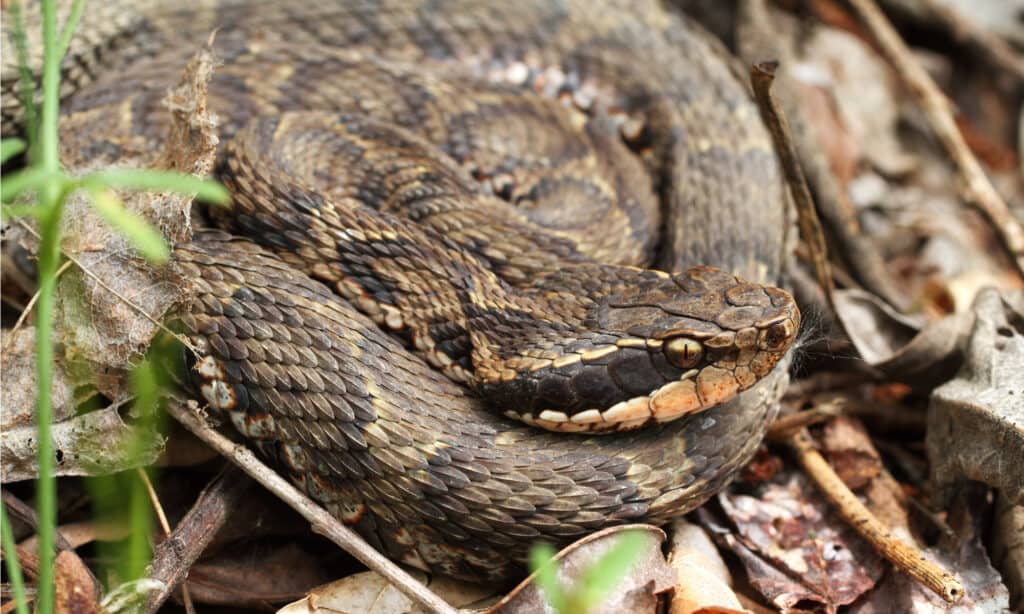
©23frogger/Shutterstock.com
The Most Dangerous Animals in Japan Today
You should always give wildlife plenty of space. Japan is home to some potentially threatening animals, such as Asian black bears and brown bears. The wild boar will also bite and pursue threats. If you see these animals in the wild, keep a safe distance.
A number of venomous snakes live in this country. These include the Japanese pit viper or Mamushi and the Okinawan habu. Bites from giant centipedes and redback spiders, as well as giant hornet stings, can be dangerous and may require medical attention.
Even though these creatures can be deadly to humans if provoked, it is important to remember that humans are a much greater threat to them than they are to us, as many of Japan’s native wildlife has suffered greatly from the country’s rapid industrialization and changes in farming practices over the last 100 years.
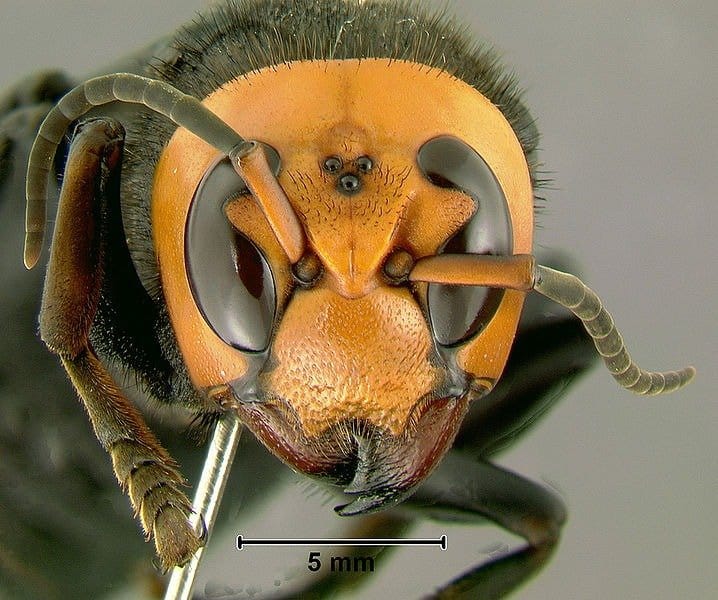
A sting from an Asian Giant Hornet is incredibly painful compared to most wasp and bee stings.
©Gary Alpert / CC BY-SA 3.0 – License
Largest Animal in Japan
Hailing from Japan’s second-largest and northernmost island of Hokkaido, the Ussuri brown bear is the most massive creature in the country. Though these bears can reach the intimidating size of 6 to 9 feet tall and over 1,000 lbs, they are primarily vegetarian and rarely eat other mammals unless provoked by them.
Ussuri brown bears have a long history of peacefully interacting with Hokkaido fishermen, with mother bears taking their cubs to the shores of nearby waterways to rest and relax without disturbing the humans who share their habitat. Adult males of the species are known to be larger and much more aggressive.
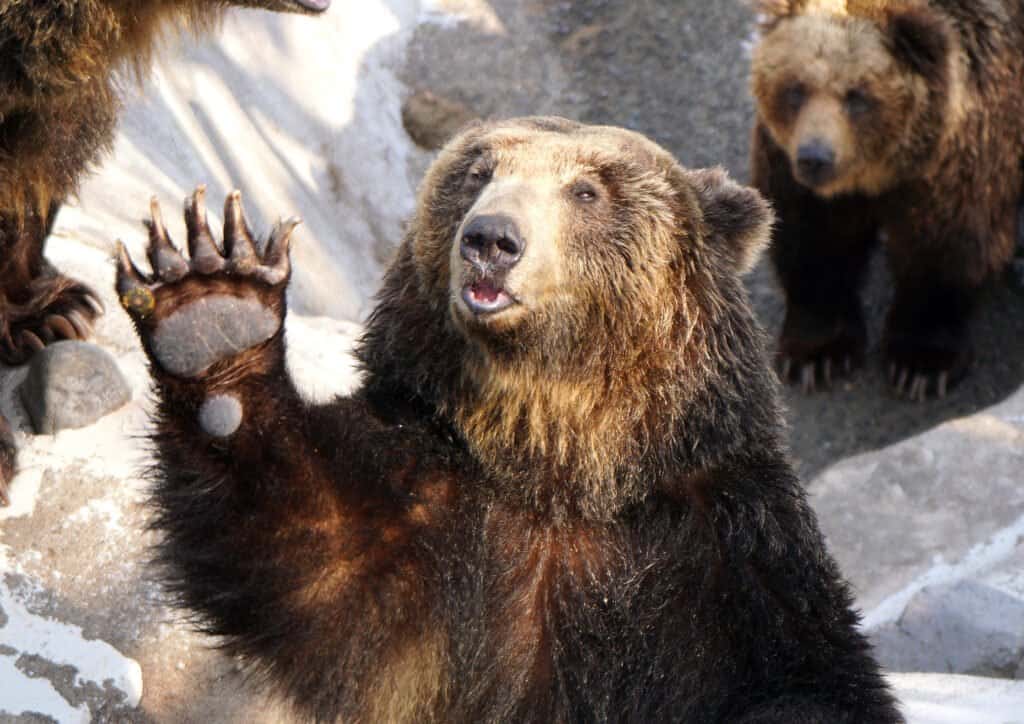
The Ussuri brown bear is one of the largest species of bears.
©VANESSAL/Shutterstock.com
Zoos in Japan
Along with its incredible biodiversity and variety of landscapes unique to the country, Japan also accommodates animals from around the world in its 89 zoos. Out of these zoos, there are several favorites, recognized for their immersive experiences and distinctive exhibits. Listed below are a few examples of the top zoos in Japan.
- Wakayama Adventure World (Wakayama) – A “mega-park” including a safari park, amusement park, and even an aquarium, this zoo is a must-visit. Species range from giraffes to bottlenose dolphins to giant pandas. The safari allows visitors a realistic view into natural habitats and behavior while kids can also enjoy a ride on a rollercoaster or a horse!
- Asahiyama (Hokkaido) – Known for its orangutan trapeze, penguin aquarium, and free-fly bird enclosure, this zoo is the second-most visited in Japan as well as the northernmost. Wildlife native to the area also roams exhibits in the zoo, such as deer, eagles, and cranes.
- African Safari (Oita) – Accessible by tour bus or personal vehicle, visitors are able to see animals roaming in exhibits resembling their natural habitats. Visitors may also be able to feed certain animals, following strict guidelines and rules. Lions, giraffes, cheetahs, and elephants reside in this African inspired establishment.
- Tama Zoological Park (Tokyo) – In 1958 this zoo was originally established to represent animals in a more natural habitat as part of the Ueno Zoo. The zoo is divided into three gardens – Asia, Australia, and Africa – all displaying animals native to these areas. An insectarium also draws visitors into its exquisite butterfly house.
- Tobe Zoological Park (Ehime) – Best known for “Peace,” the polar bear born and raised at the zoo, this park is home to about 765 animals of 150 various species. Hippos, tigers, and monkeys are also popular attractions, along with the restaurant overlooking elephants in their habitat.
Endangered Animals
Japan is home to a number of rare species endangered or becoming extinct. These include native animals of Japan, like the Japanese short-tailed bat, Southeast Asian long-fingered bat, Bonin flying fox, Amami rabbit, Tokunoshima and Ryuku spiny rats, Ryukus Islands tree rat, Etigo mole, Orii’s shrew, Izu tit, Okinawan woodpecker, Yanbaru long-armed scarab beetle, sword-tailed newt, Anderson’s crocodile newt, Ryuku leaf turtle, Sakishima grass lizard, banded ground gecko, Hakuba and Oita salamanders, Holst’s frog, greater and Okinawa tip-nosed frogs, and the Amami Oshima frog.
There are many wildlife sanctuaries and National Parks throughout the country which have been established to conserve and protect the most vulnerable of native species. Many of the rarest species are found in the tinier, southern islands in the Okinawa prefecture where the tropical climate gives rise to incredible biodiversity. Critically endangered Okinawan woodpecker feeds on some beautiful red leaves. ©Richard Cook/Shutterstock.com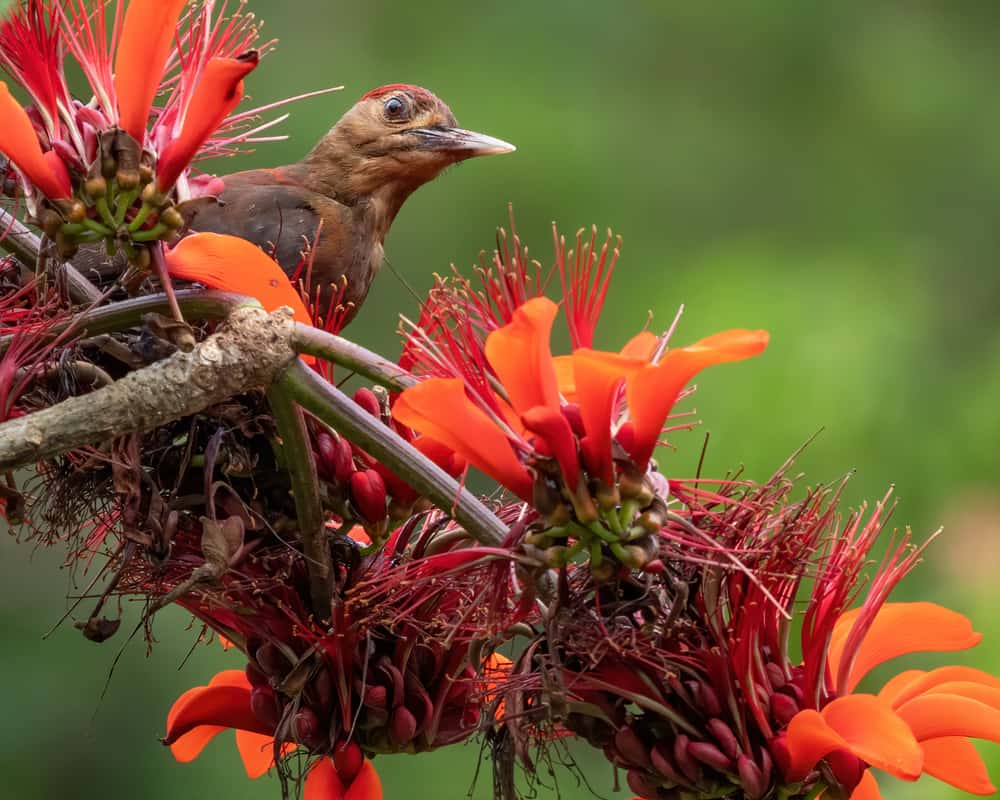
Rarest Animal in Japan
The most endangered animal in all of Japan is found on one of its tiniest, southernmost islands close to Taiwan. Known as the Iriomote Cat, these incredibly rare felines look similar to common housecats and are restricted to one population of 100-250 individuals on their namesake island.
Iriomote cats dwell under the cover of mangrove trees where they stalk local wildlife like crabs, lizards, fruit bats, and snakes for food. The Japanese government has taken extensive measures to preserve this precious population of wild cats by turning their habitat into a National Park and campaigning to remove roadkill from the area so that Iriomote Cats will not fall ill from ingesting it. Some scientists believe the Iriomote Cat may be a subspecies of the more common Leopard Cat .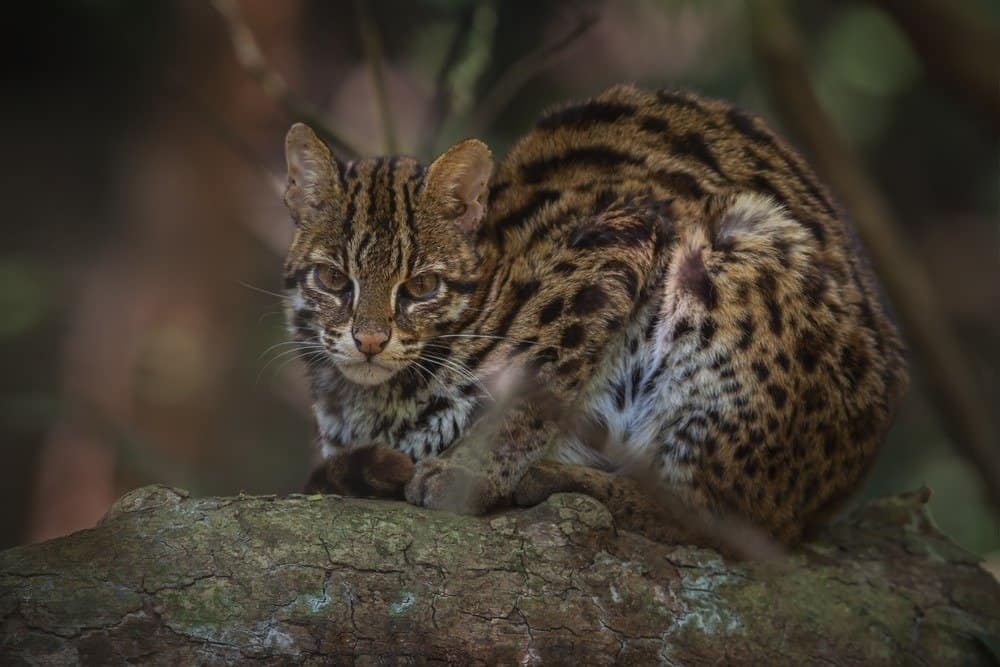
©Sainam51/Shutterstock.com
Japanese Animals
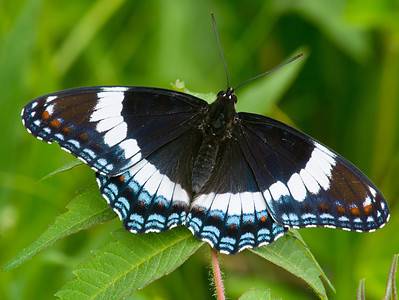
Admiral Butterfly
Stunningly beautiful wings

Ainu
An innate sense of direction!

Akita
Very clean, intelligent and loyal!
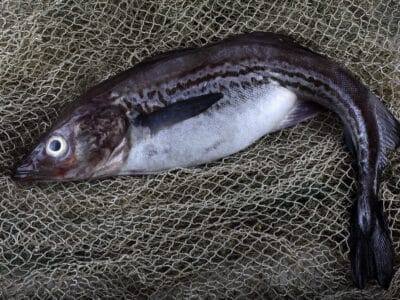
Alaskan Pollock
It's one of the most commonly eaten fish in the world
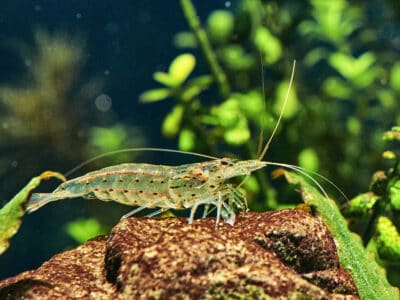
Amano Shrimp
Popular kept in aquariums to keep them clean

Ant
First evolved 100 million years ago!
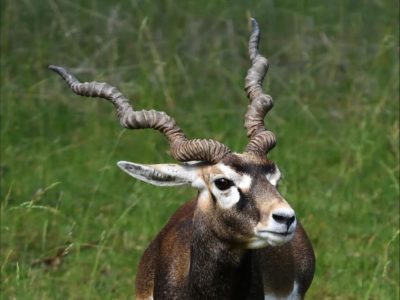
Antelope
Renew their horns every year!

Armyworm
They are so named because they "march" in armies of worms from one crop to another in search of food
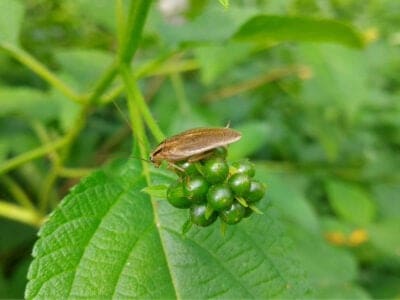
Asian Cockroach
Originally discovered in Japan
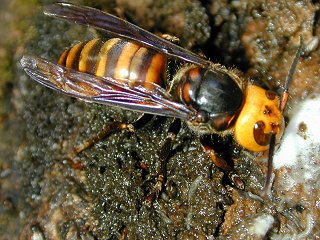
Asian Giant Hornet
The largest wasp in the world!
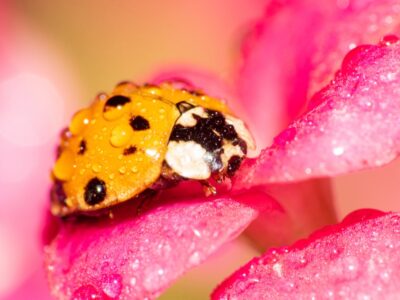
Asian Lady Beetle
Asian lady beetles infest indoor spaces, but they do not reproduce indoors.

Asiatic Black Bear
Known to eat 160 different tree-borne fruits in Thailand!
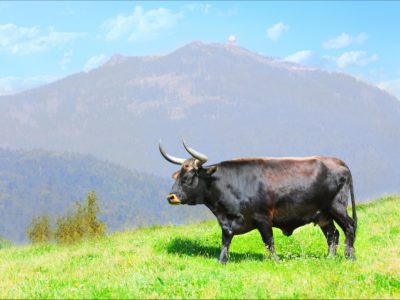
Aurochs
Extinct ancestor of all domesticated cattle!
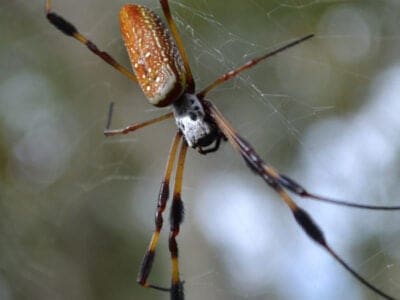
Banana Spider
People spin clothing and fishing nets out of these spiders’ silk.
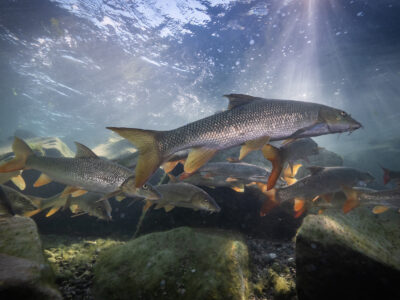
Barb
There are over 1768 known species!

Barn Owl
Found everywhere around the world!

Barn Swallow
Older offspring help care for new hatchlings.

Bat
Detects prey using echolocation!

Bear
There are 8 different species!
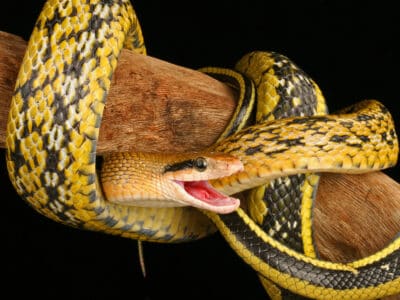
Beauty rat snake
Beauty Rat Snakes are relatively harmless if left undisturbed, only attempting to bite out of fear.

Bed Bugs
Bed bugs feed for 4-12 minutes.

Bee
Rock paintings of bees date back 15,000 years

Beetle
There are more than 350,000 different species

Bird
Not all birds are able to fly!

Biscuit Beetle
The biscuit beetle form a symbiotic relationship with yeast

Black Widow Spider
They typically prey on insects!

Box Jellyfish
Venomous marine animals
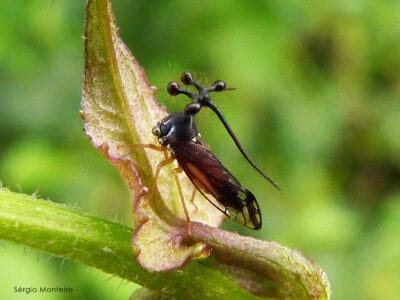
Brazilian Treehopper
“Mild-Mannered Minimonsters”

Brown Dog Tick
Can live its entire life indoors
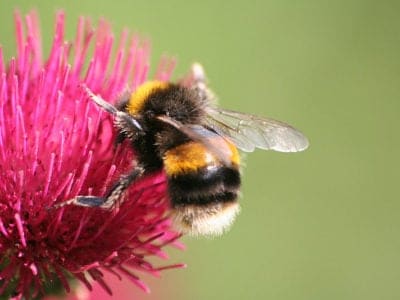
Bumblebee
The most common species of bee!

Butterfly
There are thought to be up 17,500 species!

Camel Cricket
The camel crickets that are found in the USA are light brown in color. They also have dark streaks all over their body.

Carpenter Ant
Carpenter ants can lift up to seven times their own weight with their teeth!

Cat
May have been domesticated up to 10,000 years ago.

Caterpillar
The larvae of a moth or butterfly!

Catfish
There are nearly 3,000 different species!

Centipede
There are about 3,000 documented species!

Chicken
First domesticated more than 10,000 years ago!
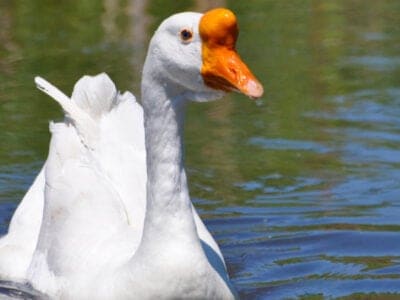
Chinese Geese
They are excellent “guard geese”

Cockroach
Dated to be around 300 million years old!
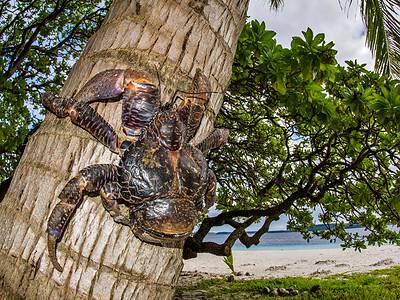
Coconut Crab
The largest terrestrial arthropod in the world

Codling Moth
Pupae are able to undergo diapause to survive poor fruit yield years and winter.

Common Buzzard
The most common raptor in the UK!

Common Furniture Beetle
The common furniture beetle feeds exclusively on wood

Common House Spider
House spiders have the ability to eat most insects in a home.
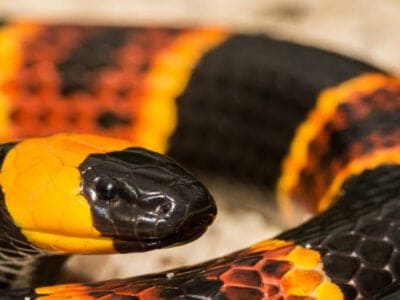
Coral Snake
There are over 80 species of coral snake worldwide.

Cormorant
They can fly 35 mph and dive 150 feet below water.
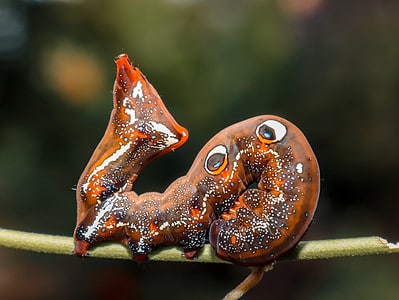
Cosmic Caterpillar
Cosmic caterpillars have spots on their back that look like eyes to scare off predators.

Cow
There are nearly 1.5 billion worldwide!

Crab
There are 93 different crab groups

Crab Spider
Crab Spiders can mimic ants or bird droppings
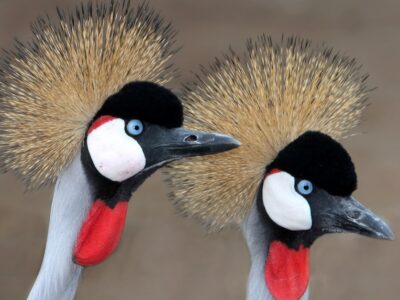
Crane
Many are critically endangered species!

Cricket
Male crickets can produce sounds by rubbing their wings together
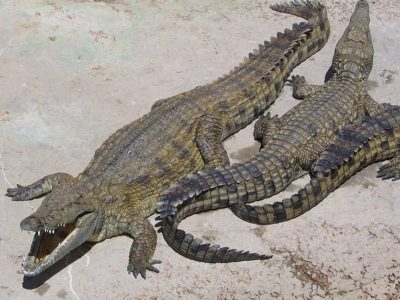
Crocodile
Have changed little in 200 million years!

Crow
A group of these birds is called a Murder.
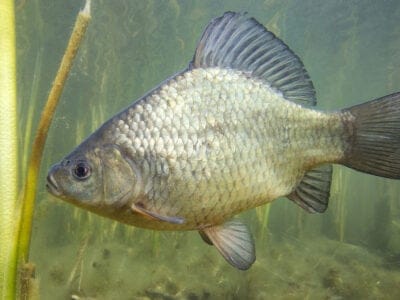
Crucian Carp
Can survive drought by burying itself in mud.
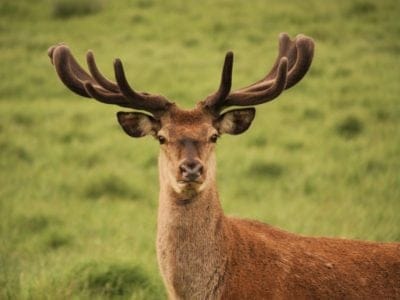
Deer
There are around 40 different species!

Desmostylus
Desmostylus has no living descendant.
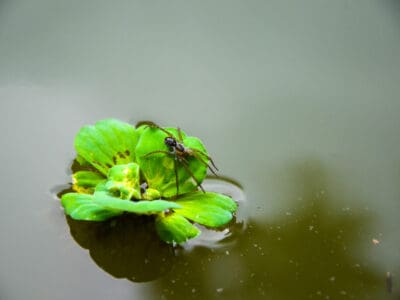
Diving Bell Spider (Water Spider)
Diving bell spiders can breathe underwater using an air bubble on their abdomen

Dog
First domesticated in South-East Asia!

Dog Tick
Dog ticks feed on dogs and other mammals

Donkey
First domesticated 5,000 years ago!
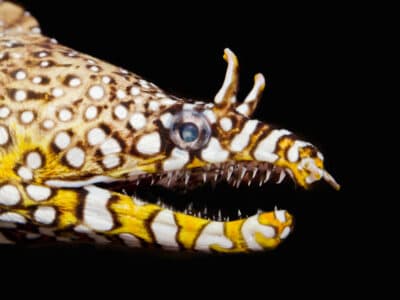
Dragon Eel
Dragon eels have double jaws and two sets of razor-sharp teeth

Dragonfly
It's larvae are carnivorous!

Duck
Rows of tiny plates line their teeth!

Dung Beetle
The dung beetle can push objects many times its own weight

Dusky Shark
The Dusky Shark sometimes eats trash discarded by humans.

Eagle
Has exceptional eyesight!

Earthworm
They are hermaphrodites, which means they have male and female organs

Earwig
There are nearly 2,000 different species!

Eel
Eels can be a mere few inches long to 13 feet!
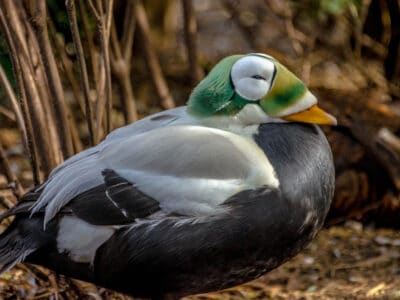
Eider
Eiders are sexually dimorphic, with males being larger and more colorful.
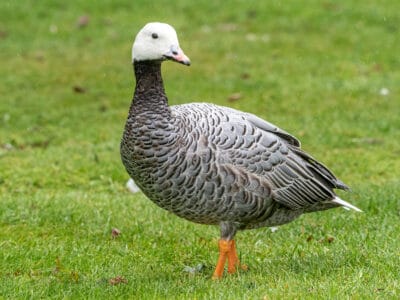
Emperor Goose
Their calls sound like a nasally “kla-ha, kla-ha, kla-ha.”
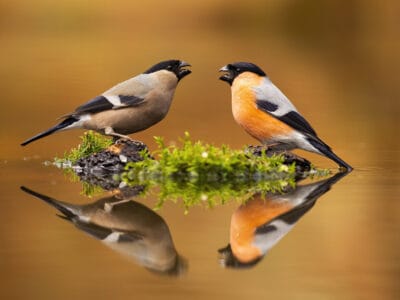
Eurasian Bullfinch
The shy eurasian bullfinch prefers to forage very close to cover.
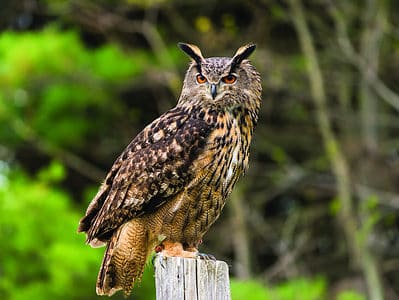
Eurasian Eagle-owl
The Eurasian Eagle-owl is the second largest owl in the world with a wingspan up to six feet!
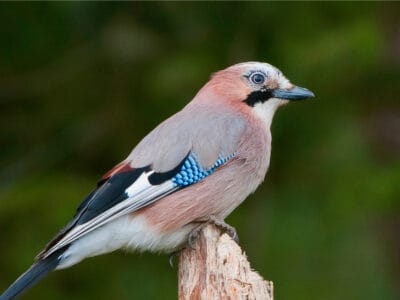
Eurasian Jay
The Eurasian jay has the ability to mimic other sounds
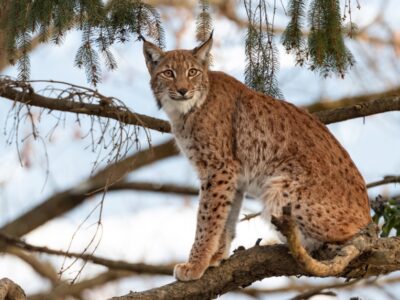
Eurasian Lynx
Eurasian lynxes can survive extreme weather up to elevations of 18,000 feet
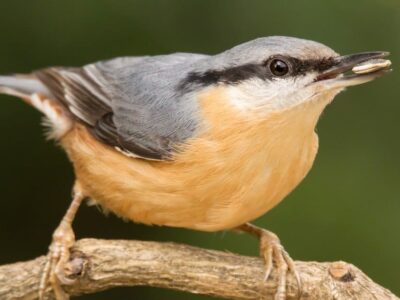
Eurasian Nuthatch
Its song has been compared to a toy horn.
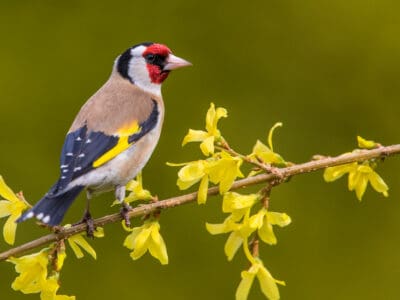
European Goldfinch
They are frequent visitors to backyard feeders, especially those containing niger seeds.

Falcon
The fastest creatures on the planet!

False Widow Spider
False spiders actually prey on black widow spiders and other hazardous spiders
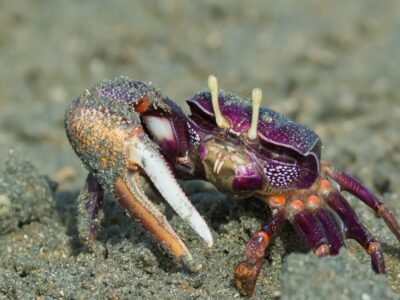
Fiddler Crab
The fiddler crab gets its name from the motion the males make with their over-sized claw during the mating ritual.
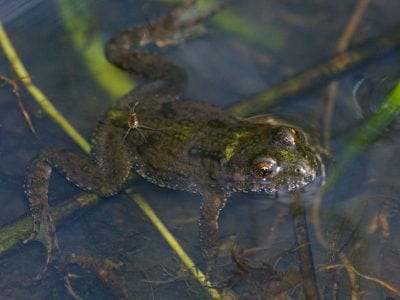
Fire-Bellied Toad
Found across mainland Europe and Asia!

Firefly
The firefly produces some of the most efficient light in the world

Flea
Adult fleas can jump up to 7 inches in the air

Fly
There are more than 240,000 different species!
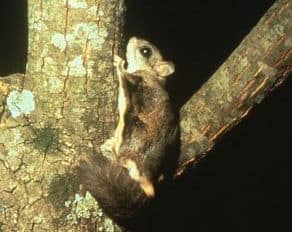
Flying Squirrel
Can glide up to 90 meters!

Fox
Only 12 species are considered "true foxes"
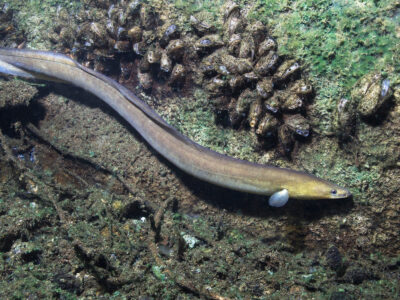
Freshwater Eel
Freshwater eels are actually catadromous, meaning they migrate to saltwater to spawn

Frog
There are around 7,000 different species!

Fruit Fly
Fruit flies are among the most common research animals in the world
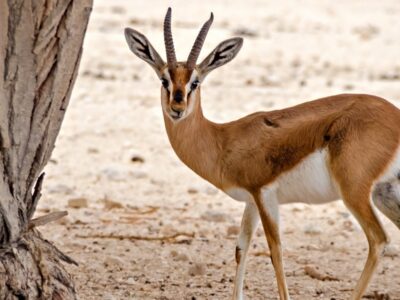
Gazelle
Named for the Arabic word for love poems
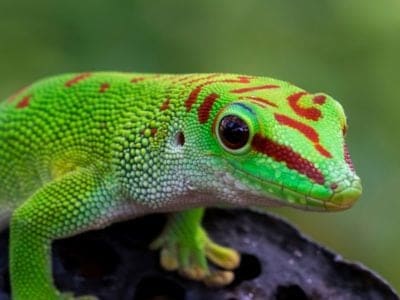
Gecko
There are thought to be over 2,000 species!
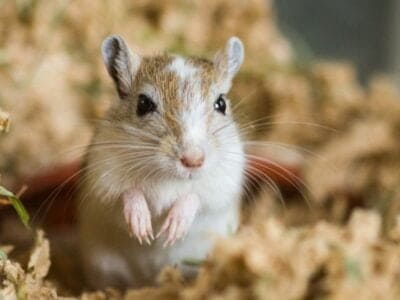
Gerbil
Originally known as the Desert Rat!

German Cockroach
The most common type of urban roach
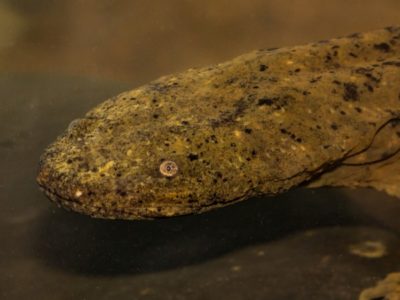
Giant Salamander
Cryptobranchus giant salamanders breathe mostly through their skin.
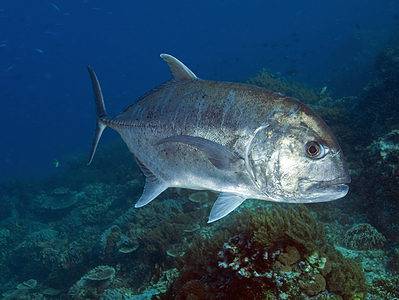
Giant Trevally
The largest fish in its genus
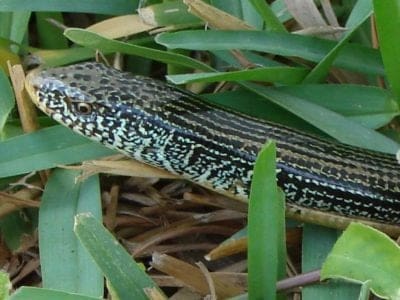
Glass Lizard
Can grow up to 4ft long!

Glowworm
Found inhabiting dense woodland and caves!

Gnat
Males form large mating swarms at dusk
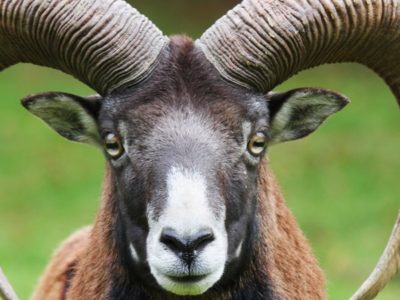
Goat
Most closely related to the Sheep!
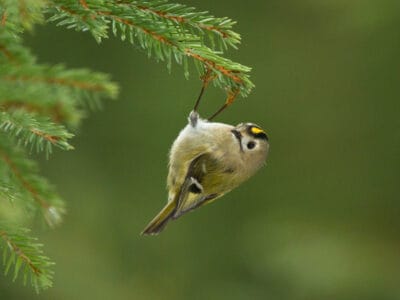
Goldcrest
The goldcrest never starts moving and needs to consume for most of the day to survive. Therefore, in the colder months, it's best that eat 90% a day.
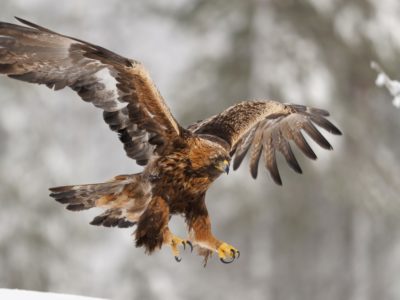
Golden Eagle
Their calls sound like high-pitched screams, but they are quiet most of the time.
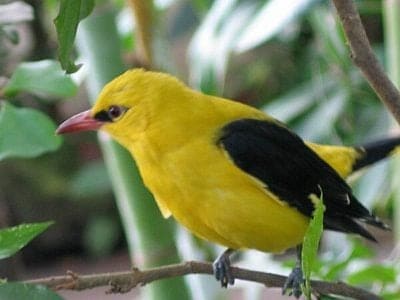
Golden Oriole
Migrates between Europe and Asia!
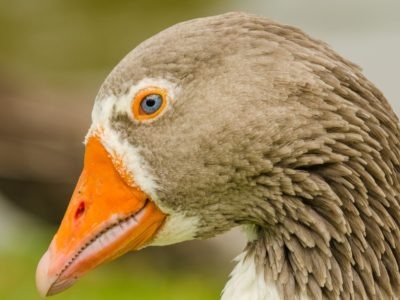
Goose
There are 29 different species!
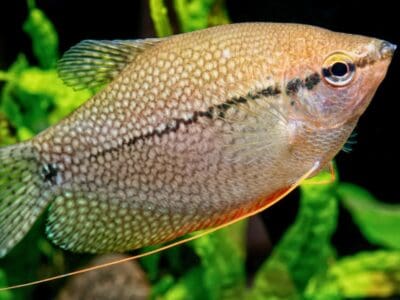
Gourami
Gourami fishes show parental care for their young

Grasshopper
There are 11,000 known species!
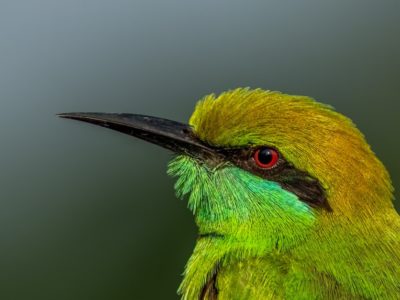
Green Bee-Eater
Mainly eats honeybees!

Gypsy Moth
One of the most invasive species in the world
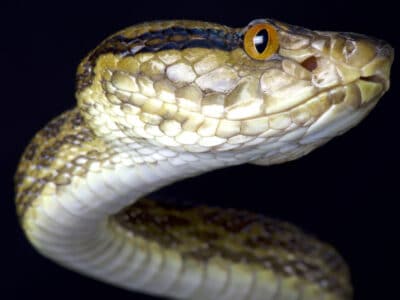
Habu Snake
Unlike most pit vipers, the habu snake lays eggs instead of giving birth to live young.

Hamster
Able to run as quickly backwards as forwards!

Hare
Can reach speeds of over 50 mph!

Hawk Moth Caterpillar
Many hawk moth caterpillars eat toxins from plants, but don’t sequester them the way milkweed butterflies do. Most toxins are excreted.
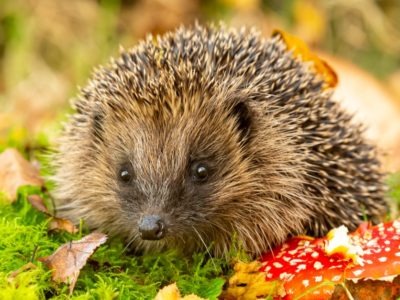
Hedgehog
Thought to be one of the oldest mammals on Earth!

Heron
Inhabits wetlands around the world!

Herring Gull
They are loud, spirited birds with raucous cries that sound like bursts of laughter.

Hokkaido
Known for its bravery and ability to withstand the cold.

Honey Bee
There are only 8 recognized species!
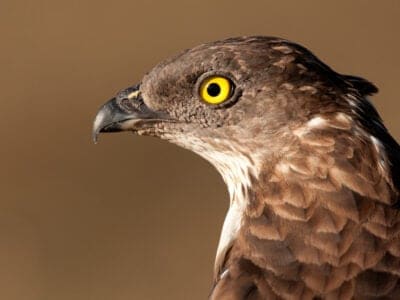
Honey Buzzard
Honey buzzards are medium-sized raptors that earned their names by raiding the nests of bees and wasps.
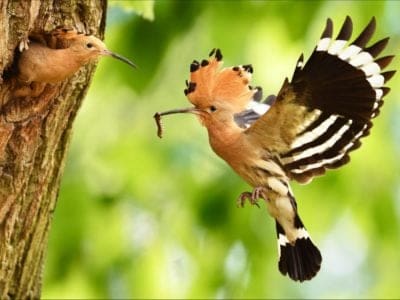
Hoopoe
Stunning bird with a stinky way to deter predators!

Horse
Has evolved over 50 million years!

Horsefly
Horseflies have been seen performing Immelmann turns, much like fighter jets.

Housefly
The fly has no teeth

Human
Thought to have orignated 200,000 years ago!

Huntsman Spider
Some huntsman spiders have an interesting way of moving around. Some cartwheel while others do handsprings or backflips.
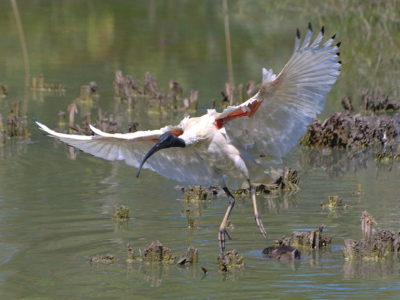
Ibis
Found in swamps, marshes and wetlands!

Insects
There are an estimated 30 million species!
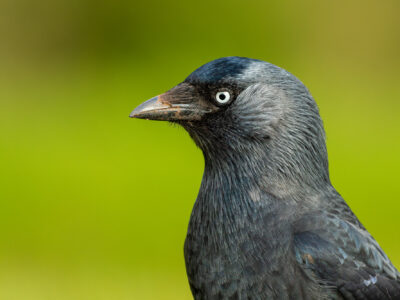
Jackdaw
The jackdaw tends to mate for life with a single partner
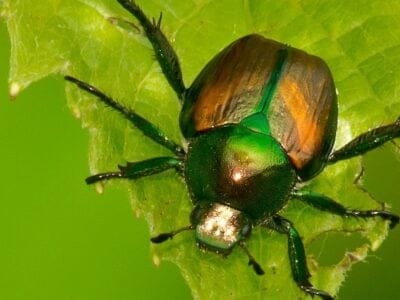
Japanese Beetle
Can clear an entire fruit tree in 15 minutes in a swarm

Japanese Chin
Alert, intelligent and independent!
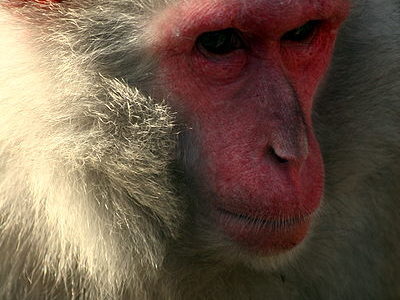
Japanese Macaque
Has cheek pouches for storing food!
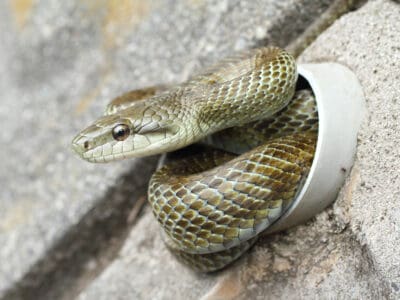
Japanese rat snake
The albino Japanese rat snake is a symbol of good luck.

Japanese Spitz
The Japanese Spitz is sometimes referred to as a cloud dog.

Japanese Squirrel
The Japanese squirrel hoards its food for the winter

Japanese Terrier
Japanese Terriers are also called Nippon Terriers
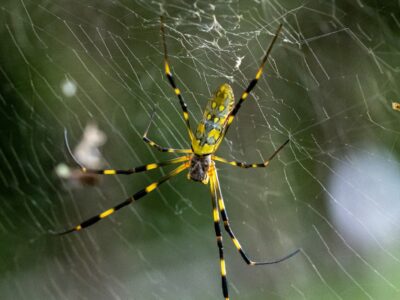
Joro Spider
Shares its name with a Japanese "spider demon"!

Jumping Spider
Some can jump 50 times the length of their bodies

Kai Ken
Kai Ken are a very rare breed of dog from Japan, though pure breeds are even harder to come by.
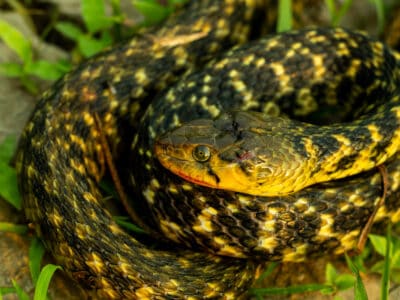
Keelback
The checkered keelback of the east Indies can detach its tail and grow it back, much like a lizard.

King Eider
The species name, spectabilis, is Latin for “showy” or “remarkable,” referencing the attractiveness of the adult male’s plumage.
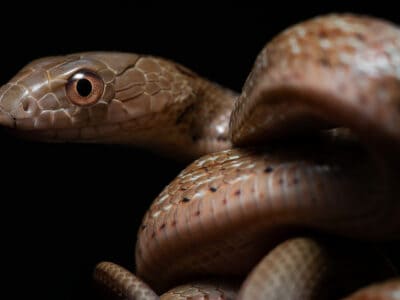
King Rat Snake
When threatened or frightened, the king rat snake has the ability to produce a foul-smelling substance out of self defense.
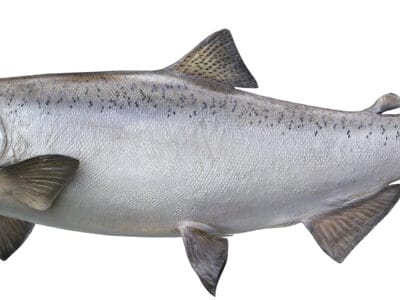
King Salmon
Largest of the Pacific salmon

Kingfisher
Inhabits wetlands and woodlands worldwide!

Kishu
Once raised to hunt dangerous game like boar, today's kishu ken are more likely to be used as guard dogs.
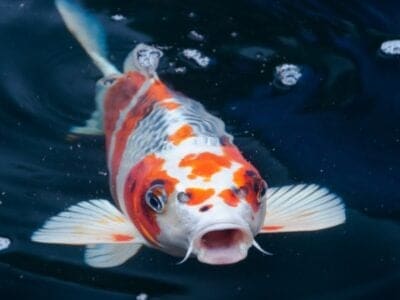
Koi Fish
In Japanese, the word koi sounds like the word for love. So the fish is a symbol of love among other good things.
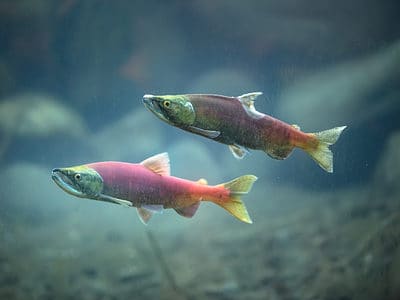
Kokanee Salmon
A non-anadromous type of sockeye salmon

Ladybug
There are more than 5,000 species worldwide!

Leech
Has 10 pairs of eyes!

Liger
The offspring of a lion and tiger parents!

Lizard
There are around 5,000 different species!

Locust
Each locust can eat its weight in plants each day.
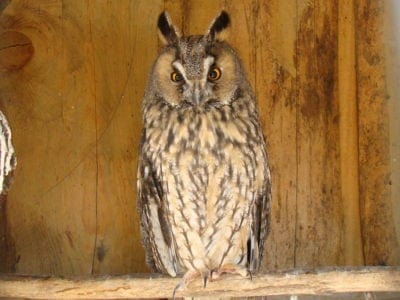
Long-Eared Owl
Ear tufts make it look bigger!
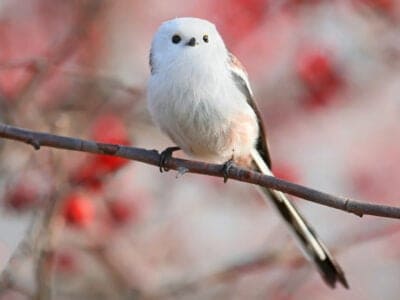
Long-Tailed Tit
Often hangs upside down while feeding!

Macaque
Macaque females will pass on their social rankings to their daughters
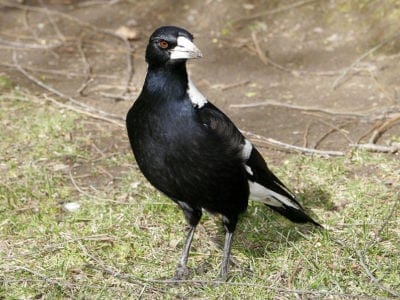
Magpie
They are found across Europe, Asia and Africa!
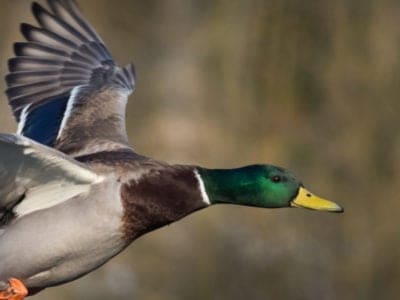
Mallard
With an appropriate tail wind, the mallard can travel hundreds of miles a day
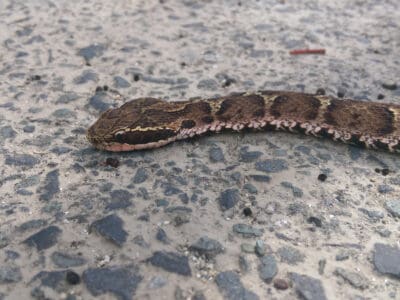
Mamushi Snake
The Mamushi snake, which is also known as the Japanese moccasin or the Japanese pit viper, can grow to be over two feet long.
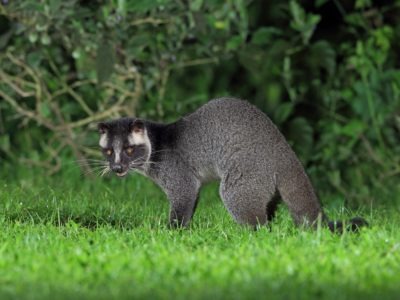
Masked Palm Civet
Found throughout Asia, India and China!

Mayfly
There are 2,500 known species worldwide!

Mealybug
They have a symbiotic relationship with ants.
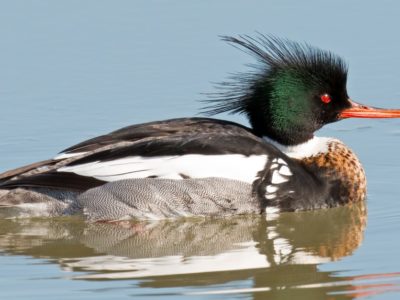
Merganser
They line their nests with their feathers

Millipede
Some species have a poisonous bite!

Mole
Primarily hunts and feeds on Earthworms!
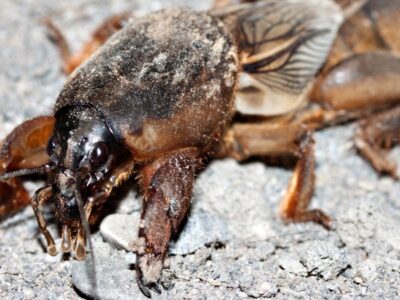
Mole Cricket
Adult Mole crickets may fly as far as 5 miles during mating season and are active most of the year.
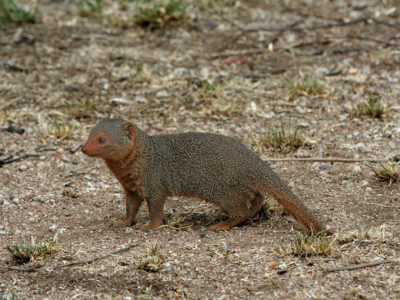
Mongoose
Range in size from just 1 to 3 foot!

Mongrel
Has characteristics of two or more breeds!
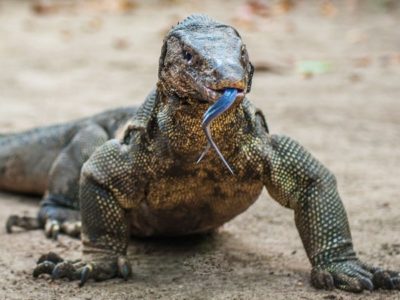
Monitor Lizard
Some species are thought to carry a weak venom!
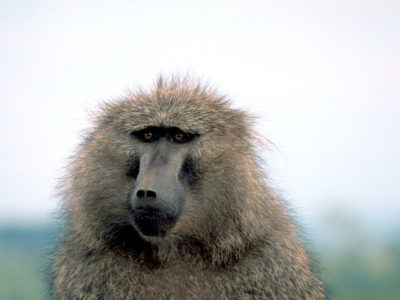
Monkey
There are around 260 known species!

Moorhen
Feeds on aquatic insects and water-spiders!

Mosquito
Only the female mosquito actually sucks blood

Moth
There are 250,000 different species!

Mouse
Found on every continent on Earth!

Mule
The offspring of a horse and donkey parents!

Neanderthal
Roamed Asia and Europe for around 100,000 years!
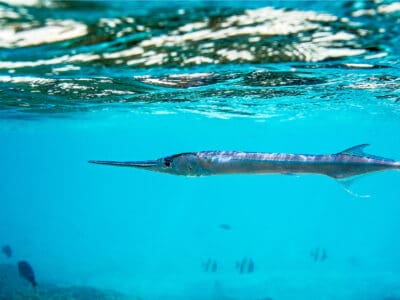
Needlefish
no stomach to digest food

Nematode
Nematodes range in size from 1/10 of an inch to 28 feet long
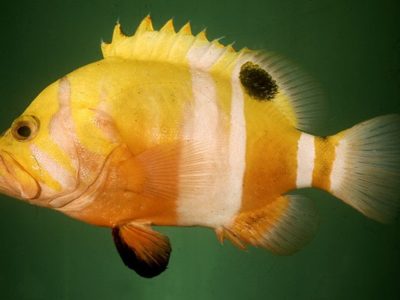
Neptune Grouper
The largest recorded specimen ever caught was 17" long
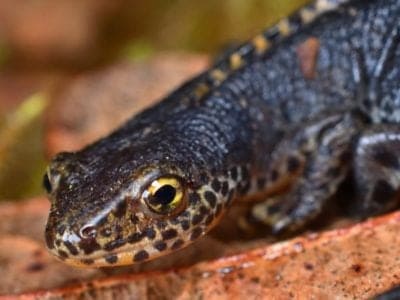
Newt
Able to regrow lost or damaged limbs!
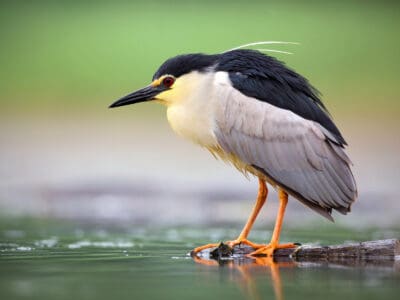
Night Heron
When they feel threatened juvenile night herons vomit their stomach contents.
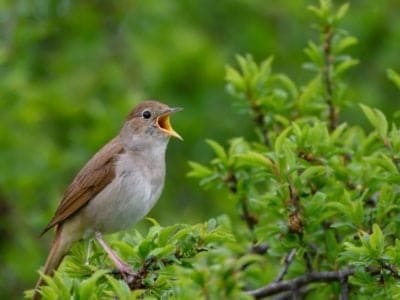
Nightingale
Named more than 1,000 years ago!

No See Ums
There are more than 5,000 species.
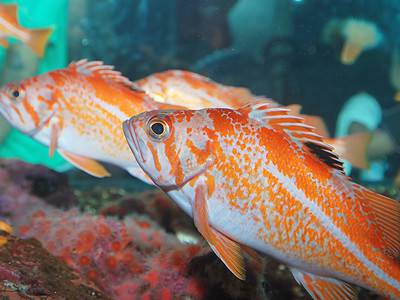
Ocean Perch
As a scorpionfish, the ocean perch has spines along its back!
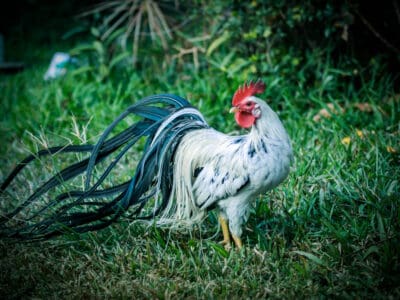
Onagadori Chicken
The Onagadori, the chicken with the world's longest tail, was declared a Natural Monument of Japan in 1952.
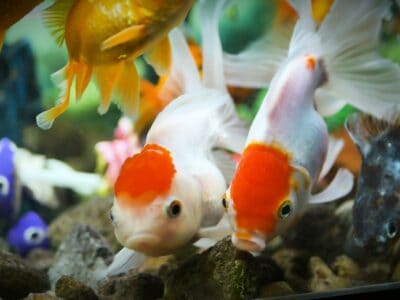
Oranda Goldfish
Oranda goldfish are one of the most popular fancy goldfish breeds

Orb Weaver
Females are about four times the size of males

Otter
There are 13 different species worldwide

Owl
The owl can rotate its head some 270 degrees

Pacific Spaghetti Eel
They have excellent eyesight

Palaeoloxodon namadicus
Palaeloxodon namadicus was the largest land mammal ever found
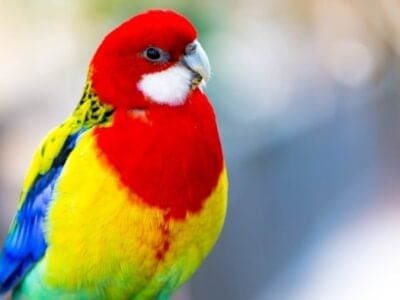
Parakeet
Monk parakeets are the only parakeets that actually build nests. They’re also the only parakeets to nest in great colonies.

Parrot
Can live for up to 100 years!
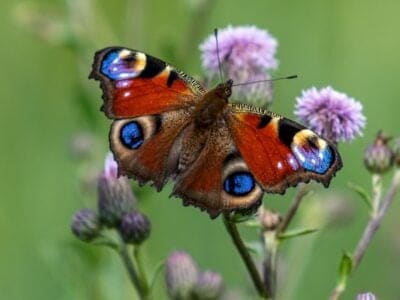
Peacock Butterfly
The eyespots on this butterfly’s wings deter predators from attacking.
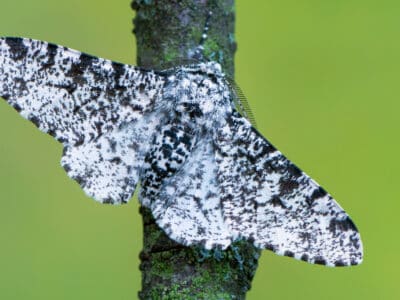
Peppered Moth
Teachers in schools often use the evolution of the peppered moth as a good example of Darwin’s theory of natural selection.

Peregrine Falcon
Fastest animal on Earth

Pheasant
Females lay between 8 and 12 eggs per clutch!
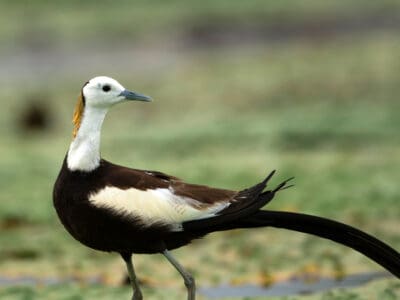
Pheasant-tailed Jacana
The pheasant-tailed jacana is the only species in its family that migrates long distances.
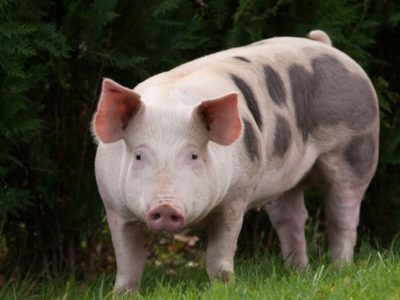
Pig
Thought to have been domesticated in 9,000 BC!

Pigeon
They can find their way back to their nests from up to 1300 miles away.
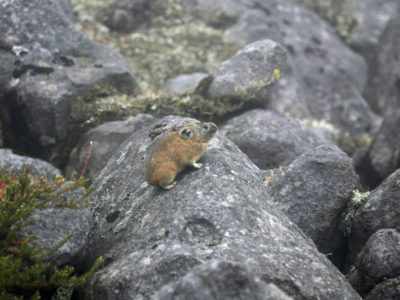
Pika
Found in mountainous regions and rocky areas
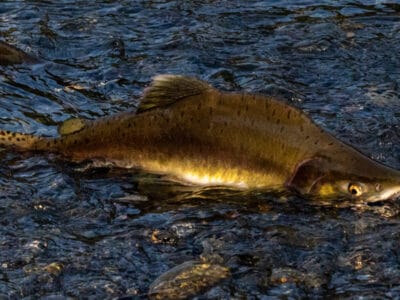
Pink Salmon
The smallest of the North American salmon
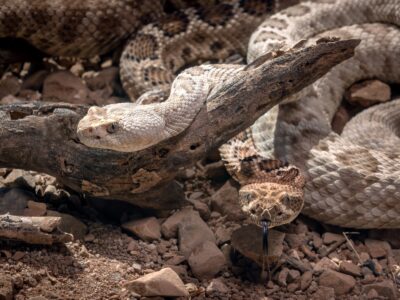
Pit Viper
Pit vipers's fangs fold up into their mouths when they don't need them.
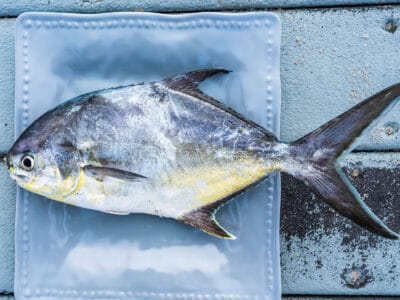
Pompano Fish
They are bottom-feeders
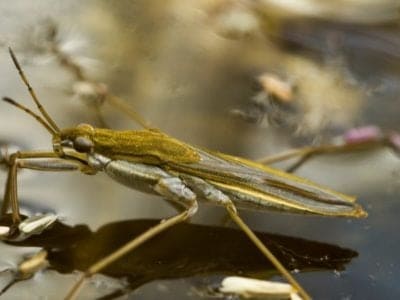
Pond Skater
There are 500 different species!
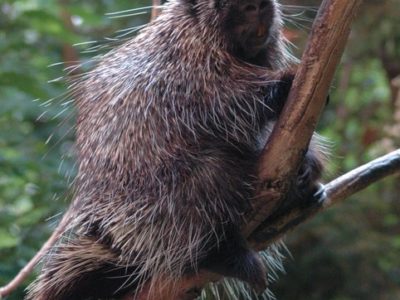
Porcupine
There are 30 different species worldwide!

Quail
Inhabits woodland and forest areas worldwide!

Rabbit
There are more than 300 different species!
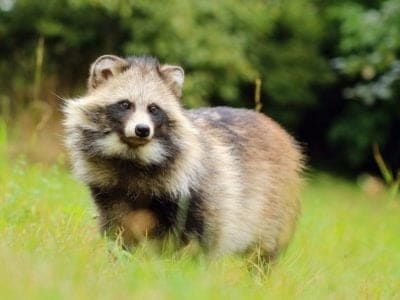
Raccoon Dog
The only hibernating canine!

Rat
Omnivores that eat anything!
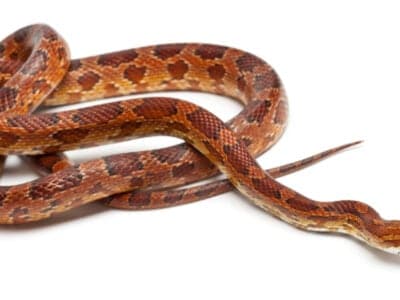
Rat Snakes
Rat snakes are constrictors from the Colubridae family of snakes.
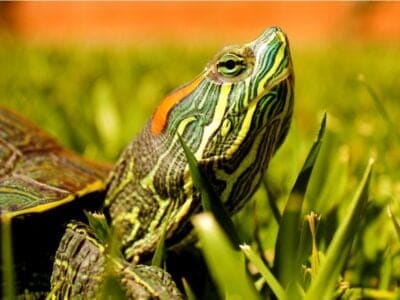
Red-Eared Slider
Sliders spend lots of time basking in the sun. As cold-blooded animals, they need the sun to heat up.
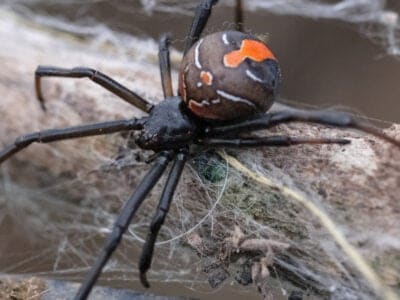
Redback Spider
The redback spiders found in New Caledonia differ from other populations in that they don’t practice sexual cannibalism and don’t bite people as much.
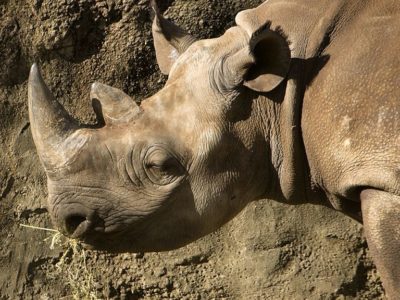
Rhinoceros
It's horns are made from keratin!
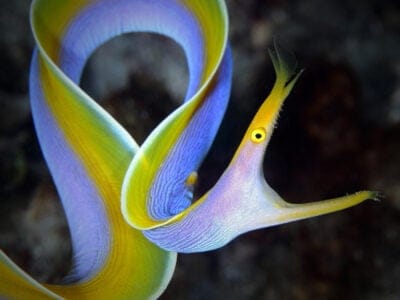
Ribbon Eel
Can fit its body into a tiny crevice of a reef

River Turtle
Inhabits freshwater habitats around the world!

Robin
There are more than 45 species in Australia alone!

Rodents
The capybara, the world’s largest rodent, likes to be in and around bodies of water. Because of this, the Catholic Church in South America decided that it was a fish, and people were allowed to eat it during Lent and First Fridays.

Rooster
Will mate with the entire flock!
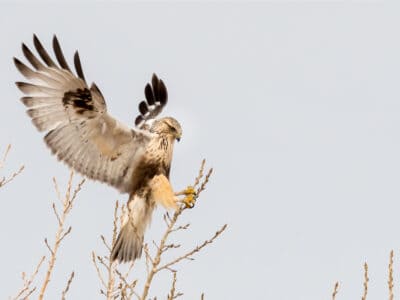
Rough-Legged Hawk (Rough-Legged Buzzard)
Its scientific name, lagopus, is Ancient Greek for “hare” and “foot,” referring to its feathered feet and toes.

Sable Ferret
Ferrets were used during the Revolutionary War to keep down the rat population.
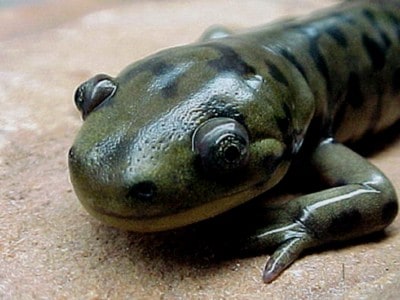
Salamander
There are more than 700 different species!
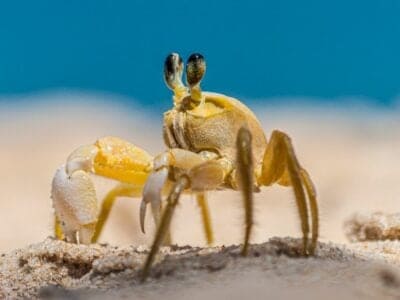
Sand Crab
The sand crab burrows beneath the sand with its tail

Scorpion
There are around 2,000 known species!

Scottish Fold Cat
The cutest mutation in the animal kingdom

Sea Eagle
The sea eagle tends to mate for life with a single partner

Seahorse
Males give birth to up to 1,000 offspring!

Sheep
Around 35 million in the English countryside!

Shiba Inu
Shiba Inus are one of six native dog breeds from Japan.

Shikoku
This dog was declared a Japanese Natural Monument in 1937.
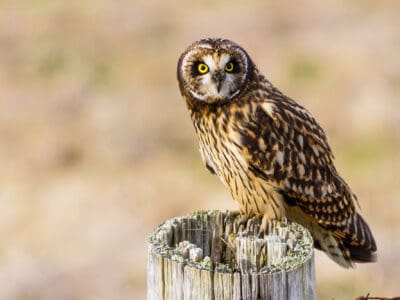
Short-Eared Owl
The short-eared owl is one of the most widespread owl species in the world, covering five continents.

Shrew
The spinal column of the shrew Scutisorex somereni is so strong and reinforced that it can support the weight of an adult human.

Shrimp
There are 2,000 different species worldwide!
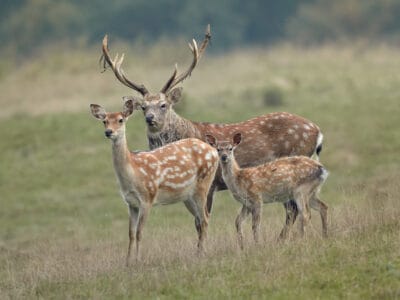
Sika Deer
Sikas can make 10 different sounds, from soft whistles to loud screams.

Skink Lizard
Some skinks lay eggs in some habitats while giving birth to skinklets in other habitats.
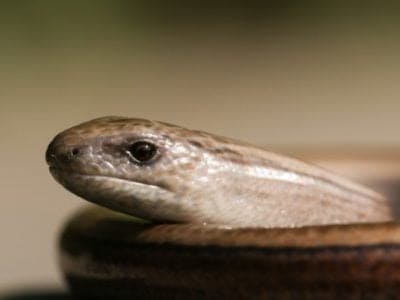
Slow Worm
Found widely throughout British gardens!

Slug
They glide around on one foot, which is aided by the slime they produce
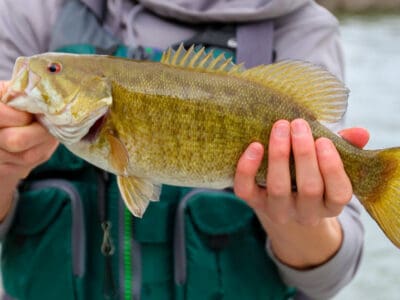
Smallmouth Bass
A fierce fighter!

Smokybrown Cockroach
Has up to 45 eggs per egg case

Snail
There are nearly 1,000 different species!

Snake
There are around 4,000 known species worldwide

Sparrow
There are 140 different species!

Spider Wasp
They prey on spiders to feed their larvae or they parasitize other spider wasps.
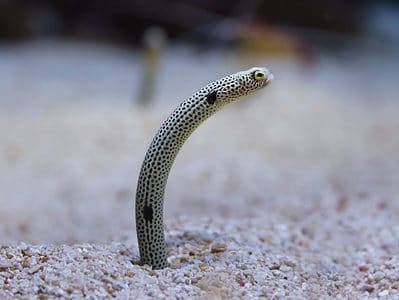
Spotted Garden Eel
Males battle each other over females and territory
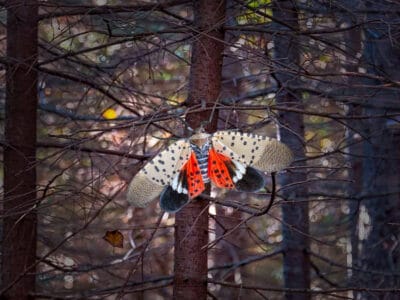
Spotted Lanternfly
The spotted lanternfly is often confused for a moth, but it’s actually a type of planthopper

Squirrel
Small rodents found in woodlands worldwide!

Stick Insect
There are more than 3,000 different species!
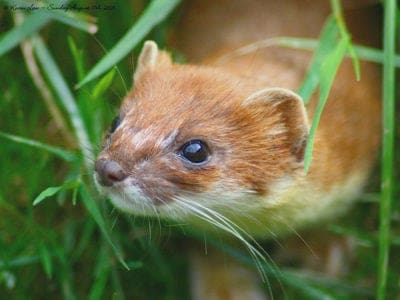
Stoat
Average adults weigh about 200 grams!
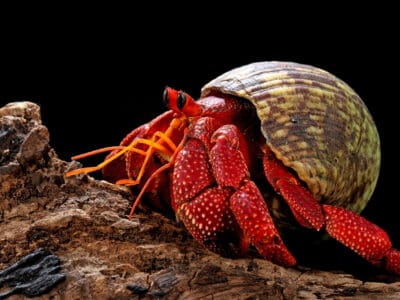
Strawberry Hermit Crab
When strawberry hermit crabs find shells that are larger than their own, they gather in a line from biggest to smallest. Once the biggest one sheds its shell, the next one in line will claim it, which is repeated down the line.

Swan
Populations have been affected by pollution!
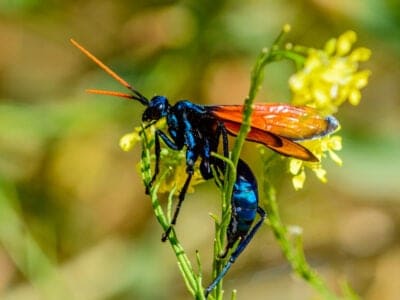
Tarantula Hawk
Tarantula hawks are excellent pollinators, especially for milkweed.

Termite
Their mounds can be up to 9 meters tall!

Theropod
Some theropods had feathers and may have been ancestors of modern birds.

Thrush
The American robin is called the robin because its red breast reminded European settlers of the robin back in the old country.

Tick
They inject hosts with a chemical that stops them from feeling the pain of the bite

Tiger Beetle
The adult tiger beetle is one of the fastest land insects in the world

Tortoise
Can live until they are more than 150 years old!
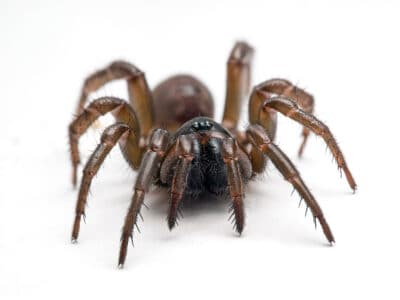
Trapdoor spider
Ambush their prey using a trapdoor made of silk
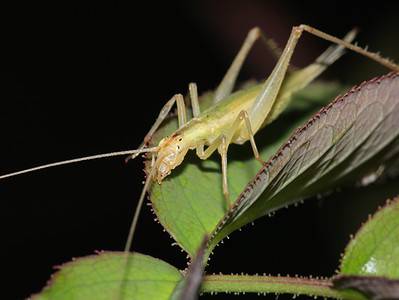
Tree Cricket
They make music with their wings

Tree Frog
Found in warmer jungles and forests!

Turtles
Some species of aquatic turtles can get up to 70 percent of their oxygen through their butt.
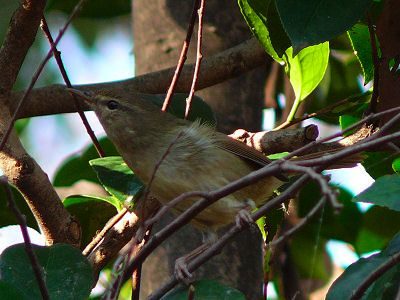
Uguisu
Their guano is used in face creams!
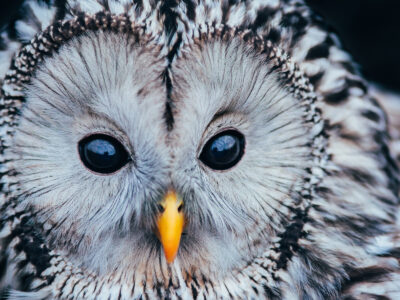
Ural owl
The Ural owl can rotate its head up to 270 degrees
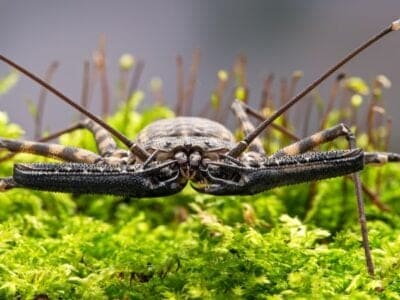
Vinegaroon
Vinegaroons can spray 19 times before the glands are depleted
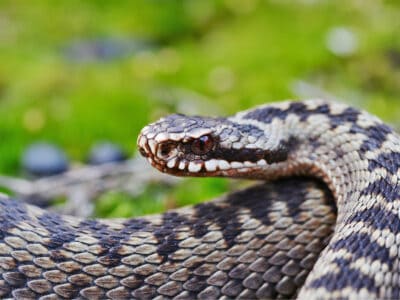
Viper
Vipers are one of the most widespread groups of snakes and inhabit most

Vulture
There are 30 different species worldwide!

Wasp
There are around 75,000 recognised species!
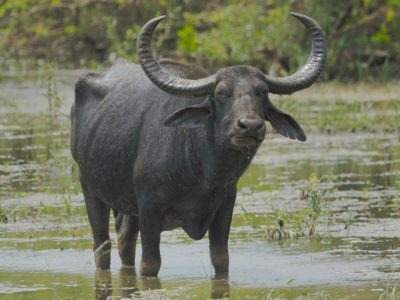
Water Buffalo
Has been domesticated for thousands of years!
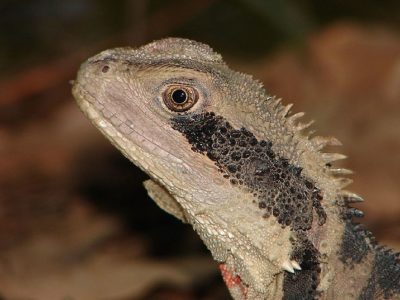
Water Dragon
Spends most of it's time in the trees!
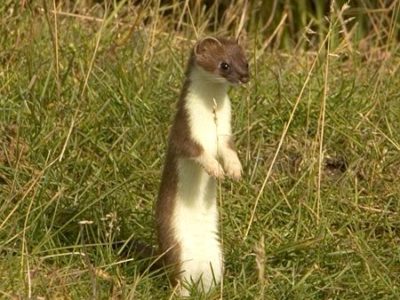
Weasel
The smallest carnivorous mammal in the world!

White Ferret / Albino Ferrets
There are two different types of white ferrets!
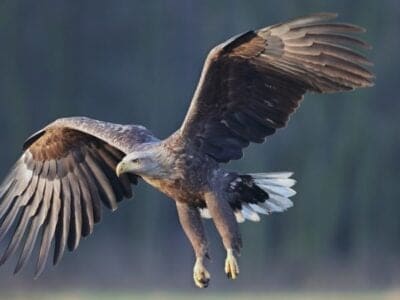
White-Tailed Eagle
It is one of the biggest birds of prey.
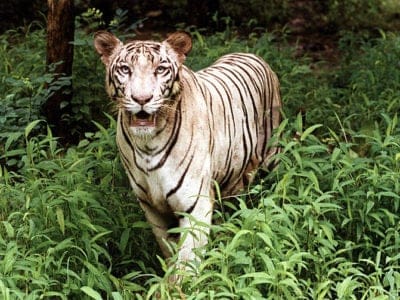
White Tiger
None have been seen in the wild for 50 years!
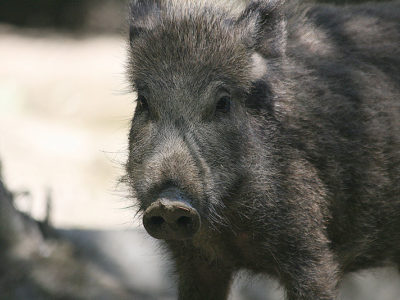
Wild Boar
Males have a top tusk to sharpen the bottom one!

Wolf
Thought to date back more than 300,000 years!

Wolf Spider
Carnivorous arachnid that hunts its prey.

Wood Turtle
Temperature determines the sex of turtle eggs

Woodlouse
This animal can roll up into a ball
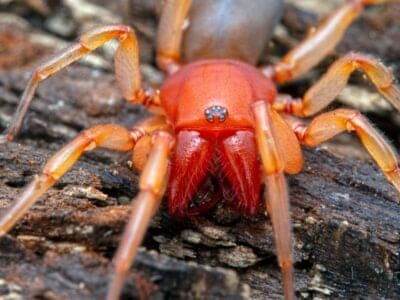
Woodlouse Spider
Unlike most spiders, woodlouse spiders don’t build a web.

Woodpecker
There are 200 different species!

Worm
Doesn’t have eyes.
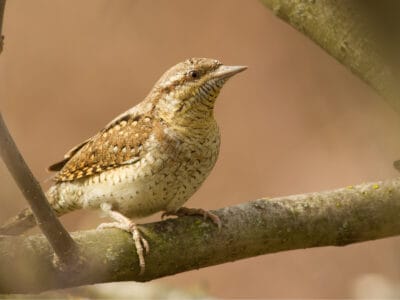
Wryneck
They feign death by making their bodies limp and closing their eyes.
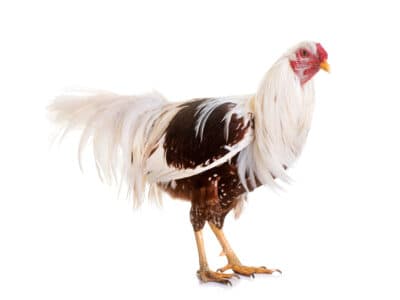
Yokohama Chicken
Yokohama chickens have snow white feathers with tails reaching up to 4 feet in length.
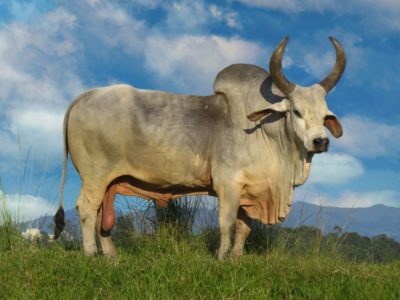
Zebu
There are around 75 different species!
Japanese Animals List
- Admiral Butterfly
- Ainu
- Akita
- Alaskan Pollock
- Amano Shrimp
- Ant
- Antelope
- Armyworm
- Asian Cockroach
- Asian Giant Hornet
- Asian Lady Beetle
- Asiatic Black Bear
- Aurochs
- Banana Spider
- Barb
- Barn Owl
- Barn Swallow
- Bat
- Bear
- Beauty rat snake
- Bed Bugs
- Bee
- Beetle
- Bird
- Biscuit Beetle
- Black Widow Spider
- Box Jellyfish
- Brazilian Treehopper
- Brown Dog Tick
- Bumblebee
- Butterfly
- Camel Cricket
- Carpenter Ant
- Cat
- Caterpillar
- Catfish
- Centipede
- Ceratopsian
- Chicken
- Chinese Geese
- Cockroach
- Coconut Crab
- Codling Moth
- Common Buzzard
- Common Furniture Beetle
- Common House Spider
- Coral Snake
- Cormorant
- Cosmic Caterpillar
- Cow
- Crab
- Crab Spider
- Crane
- Cricket
- Crocodile
- Crow
- Crucian Carp
- Cuckoo
- Deer
- Desmostylus
- Diving Bell Spider (Water Spider)
- Dog
- Dog Tick
- Donkey
- Dormouse
- Dragon Eel
- Dragonfly
- Duck
- Dung Beetle
- Dusky Shark
- Eagle
- Earthworm
- Earwig
- Eel
- Eider
- Emperor Goose
- Eurasian Bullfinch
- Eurasian Eagle-owl
- Eurasian Jay
- Eurasian Lynx
- Eurasian Nuthatch
- European Goldfinch
- Falcon
- False Widow Spider
- Fiddler Crab
- Fire-Bellied Toad
- Firefly
- Flea
- Fly
- Flying Squirrel
- Fox
- Freshwater Eel
- Frog
- Fruit Fly
- Gazelle
- Gecko
- Gerbil
- German Cockroach
- Giant Salamander
- Giant Trevally
- Glass Lizard
- Glowworm
- Gnat
- Goat
- Goldcrest
- Golden Eagle
- Golden Oriole
- Goose
- Gourami
- Grasshopper
- Green Bee-Eater
- Gypsy Moth
- Habu Snake
- Hamster
- Hare
- Hawk Moth Caterpillar
- Hedgehog
- Heron
- Herring Gull
- Hokkaido
- Honey Bee
- Honey Buzzard
- Hoopoe
- Horse
- Horsefly
- Housefly
- Human
- Huntsman Spider
- Ibis
- Insects
- Jackdaw
- Japanese Beetle
- Japanese Chin
- Japanese Macaque
- Japanese rat snake
- Japanese Spitz
- Japanese Squirrel
- Japanese Terrier
- Joro Spider
- Jumping Spider
- Kai Ken
- Keelback
- King Eider
- King Rat Snake
- King Salmon
- Kingfisher
- Kishu
- Kitefin Shark
- Koi Fish
- Kokanee Salmon
- Ladybug
- Leech
- Liger
- Lizard
- Locust
- Long-Eared Owl
- Long-Tailed Tit
- Macaque
- Magpie
- Mallard
- Mamushi Snake
- Masked Palm Civet
- Mayfly
- Mealybug
- Merganser
- Millipede
- Mole
- Mole Cricket
- Mongoose
- Mongrel
- Monitor Lizard
- Monkey
- Moorhen
- Mosquito
- Moth
- Mourning Gecko
- Mouse
- Mule
- Neanderthal
- Needlefish
- Nematode
- Neptune Grouper
- Newt
- Night Heron
- Nightingale
- No See Ums
- Ocean Perch
- Onagadori Chicken
- Oranda Goldfish
- Orb Weaver
- Otter
- Owl
- Ox
- Pacific Spaghetti Eel
- Palaeoloxodon namadicus
- Parakeet
- Parrot
- Peacock Butterfly
- Peppered Moth
- Peregrine Falcon
- Pheasant
- Pheasant-tailed Jacana
- Pig
- Pigeon
- Pika
- Pink Salmon
- Pit Viper
- Pompano Fish
- Pond Skater
- Porcupine
- Quail
- Rabbit
- Raccoon Dog
- Rat
- Rat Snakes
- Red-Eared Slider
- Redback Spider
- Rhinoceros
- Ribbon Eel
- River Turtle
- Robin
- Rodents
- Rooster
- Rough-Legged Hawk (Rough-Legged Buzzard)
- Sable Ferret
- Salamander
- Sand Crab
- Scorpion
- Scottish Fold Cat
- Sea Eagle
- Seahorse
- Sheep
- Shiba Inu
- Shiba Inu Mix
- Shikoku
- Short-Eared Owl
- Shrew
- Shrimp
- Sika Deer
- Skink Lizard
- Slow Worm
- Slug
- Smallmouth Bass
- Smokybrown Cockroach
- Snail
- Snake
- Sparrow
- Spider Wasp
- Spotted Garden Eel
- Spotted Lanternfly
- Squirrel
- Stick Insect
- Stoat
- Strawberry Hermit Crab
- Swallowtail Butterfly
- Swan
- Tarantula Hawk
- Termite
- Theropod
- Thrush
- Tick
- Tiger Beetle
- Tortoise
- Tosa
- Trapdoor spider
- Tree Cricket
- Tree Frog
- Turtles
- Uguisu
- Ural owl
- Vinegaroon
- Viper
- Vulture
- Wasp
- Water Buffalo
- Water Dragon
- Weasel
- White Ferret / Albino Ferrets
- White-Tailed Eagle
- White Tiger
- Wild Boar
- Wolf
- Wolf Spider
- Wood Turtle
- Woodlouse
- Woodlouse Spider
- Woodpecker
- Worm
- Wryneck
- Yokohama Chicken
- Zebu
Japan FAQs (Frequently Asked Questions)
What Is Japan's Most Famous Animal?
It could be argued that Japan’s most famous animals are those of mythology. The Japanese dragon has a serpentine shape, likely based on sea snakes. Other myths speak of fox spirits that can transform into humans.
Many of these animal spirits are reflected in anime and other media. For example, the cute characters of the Pokémon franchise, such as Pikachu, could be said to be Japan’s most famous animals. Some of these creatures, like Ninetails, are based on animals of myth, which are in turn based on real animals. Others were derived directly from childhood experiences catching bugs in Japan. All embody the cute ideals of kawaii art.
What Kinds of Animals Live in Japan?
Japan is home to about 130 mammal species. The largest are the Ussuri brown bear (Ursus arctos) and the Asian black bear (U. thibetanus).
The Japanese macaque lives farther north than any other monkey in the world. It is often referred to as a snow monkey, famous for bathing in natural hot springs to stay warm during winter snows.
Japan is also home to a few very unique small to medium-sized mammals. One is the raccoon dog (Nyctereutes procyonoides). It is a canine, related to the fox, but its markings resemble those of the North American raccoon. There are also two wildcats, the leopard cat and the Iriomote cat. Each of these housecat-sized wildcats lives only on a single island.
Other familiar mammals include the red fox, the Japanese marten, sika and Japanese serow deer, and wild boar. Unique ocean-dwelling mammals include the Steller’s sea lion, dugong, and finless porpoise.
Over 600 species of bird have been seen in Japan. These include red-crowned cranes, Japanese woodpeckers, copper pheasants, green pheasants, the Okinawa rail, the Izu thrush, and the Bonin white-eye. Like the wildcats, some of these birds are endemic to only a single island or a few small islands.
There are about 73 species of reptiles and 40 amphibians in Japan. The Japanese giant salamander is one of the largest amphibians in the world. Sea turtles and sea snakes may be seen in coastal waters. The tropical islands are home to several species of viper, and non-venomous snakes, lizards, and freshwater turtles are found throughout Japan. The Chinese alligator has been spotted in Japan, and fossil evidence has been found of an extinct crocodilian called Toyotamaphimeia machikanensis.
More than 3,000 types of freshwater and saltwater fish have been observed in Japan.
What is Japan's Animal Symbol?
The snow monkey or Japanese macaque is Japan’s national animal.
But many people also see the animals of the zodiac as symbols of Japan. The zodiac includes twelve animals: the rat, ox, tiger, rabbit, dragon, snake, horse, goat, monkey, rooster, dog, and boar.





